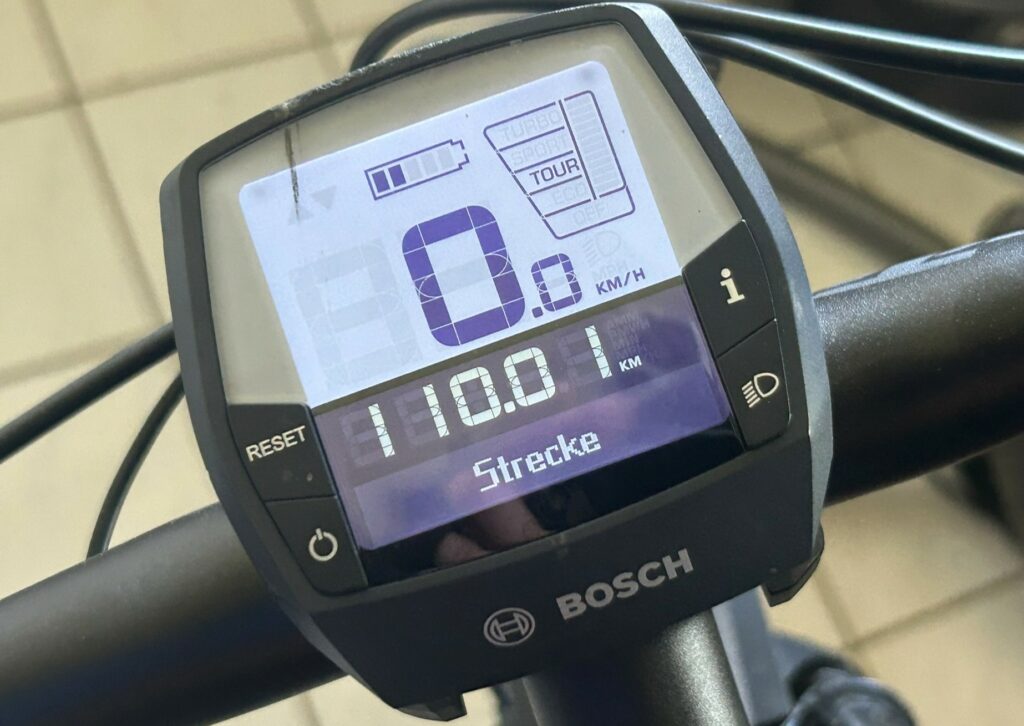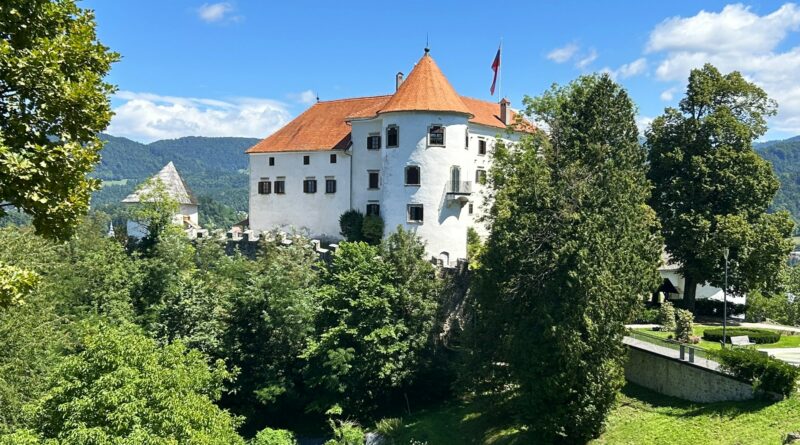110 km Štreknasommertour durch die Huda Luknja zu den Megaausstellungen in der Burg Velenje
Einfach zum Nachradeln: Der Štrekna-Radweg bietet bis nach Velenje bestes Radvergnügen. Neben dem Badesee lädt auch das Velenje Castle – Velenjski grad zu einer interessanten Tagestour nach Velenje ein #
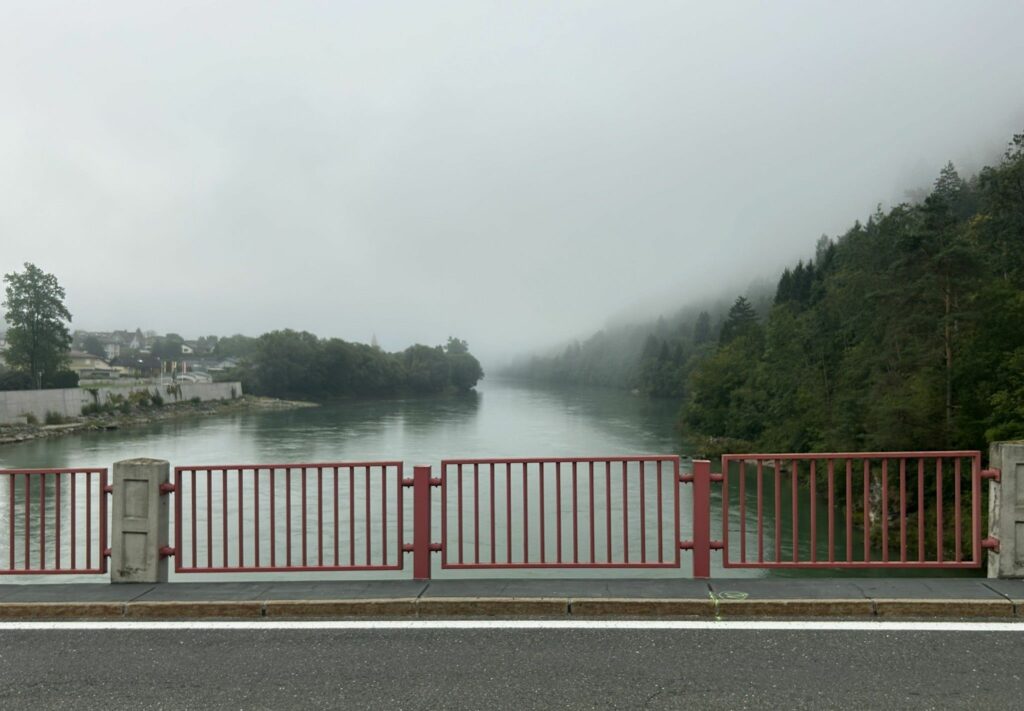
Morgennebel über der Drau in Lavamünd
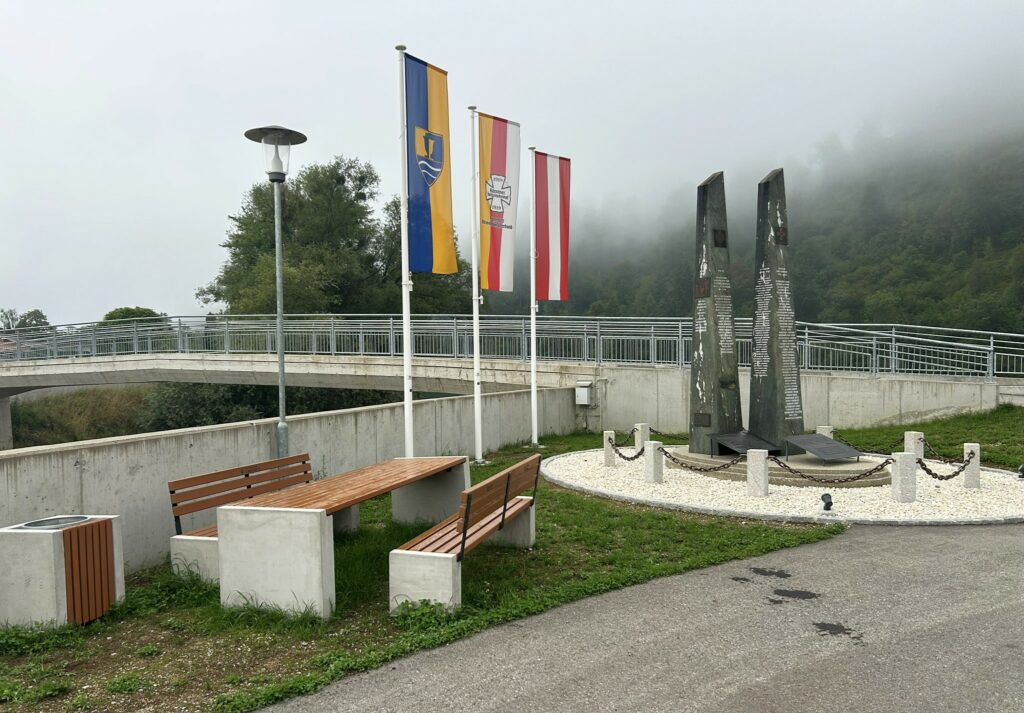
Drauspitz neu
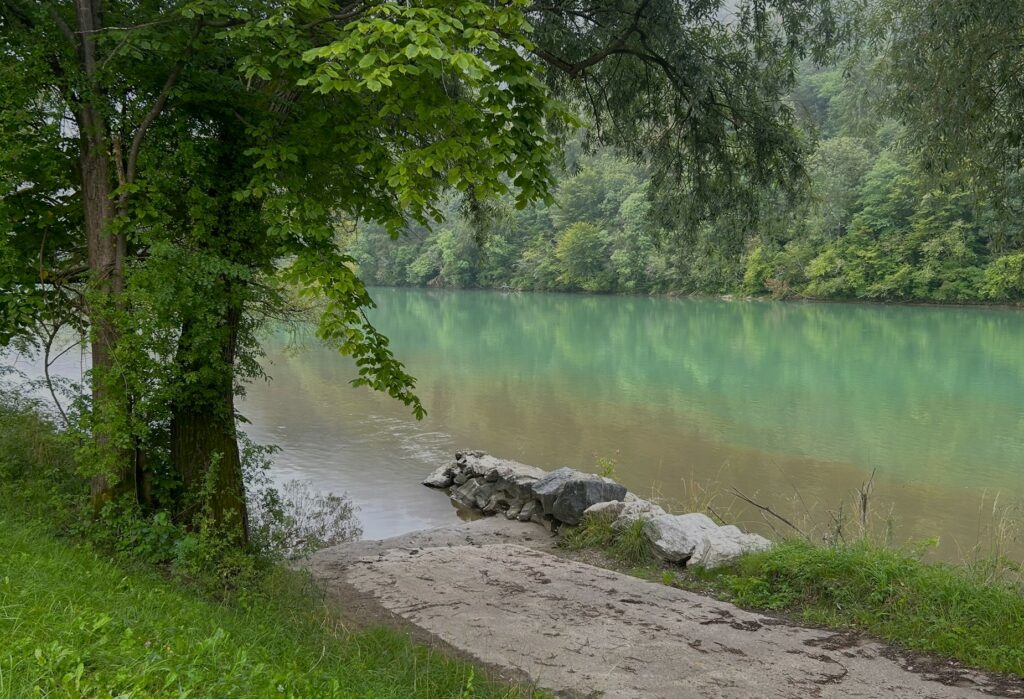
Lavant und Drau bei der Bootsanlegestelle der FF Lavamünd
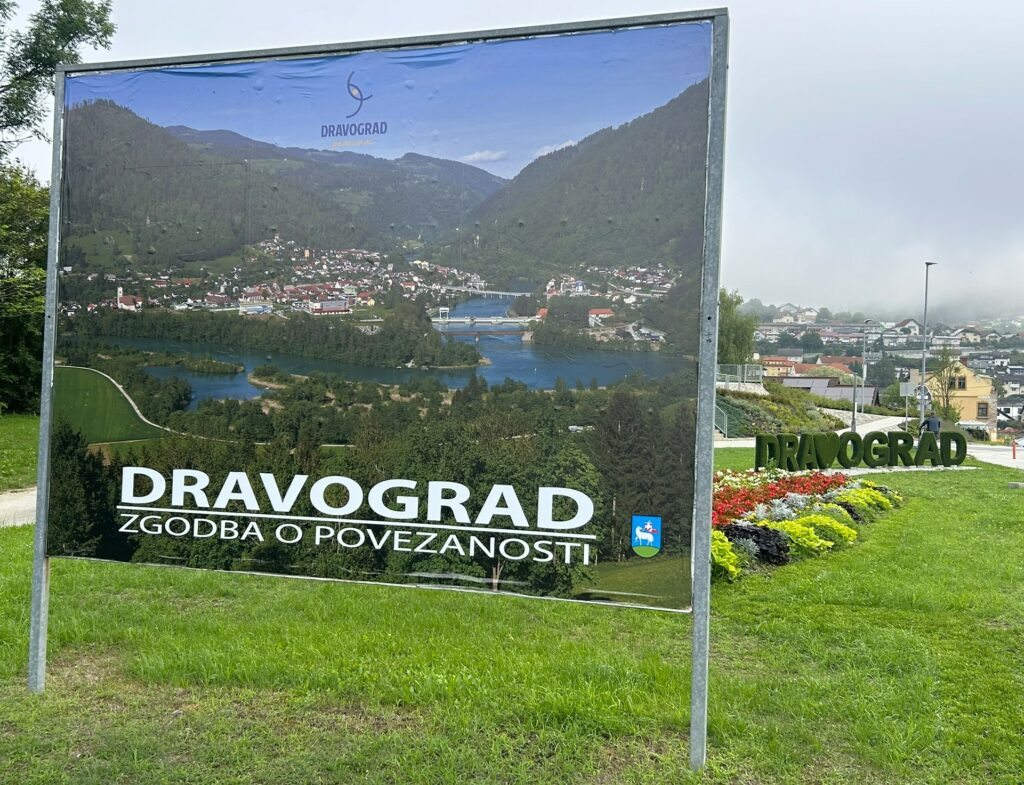
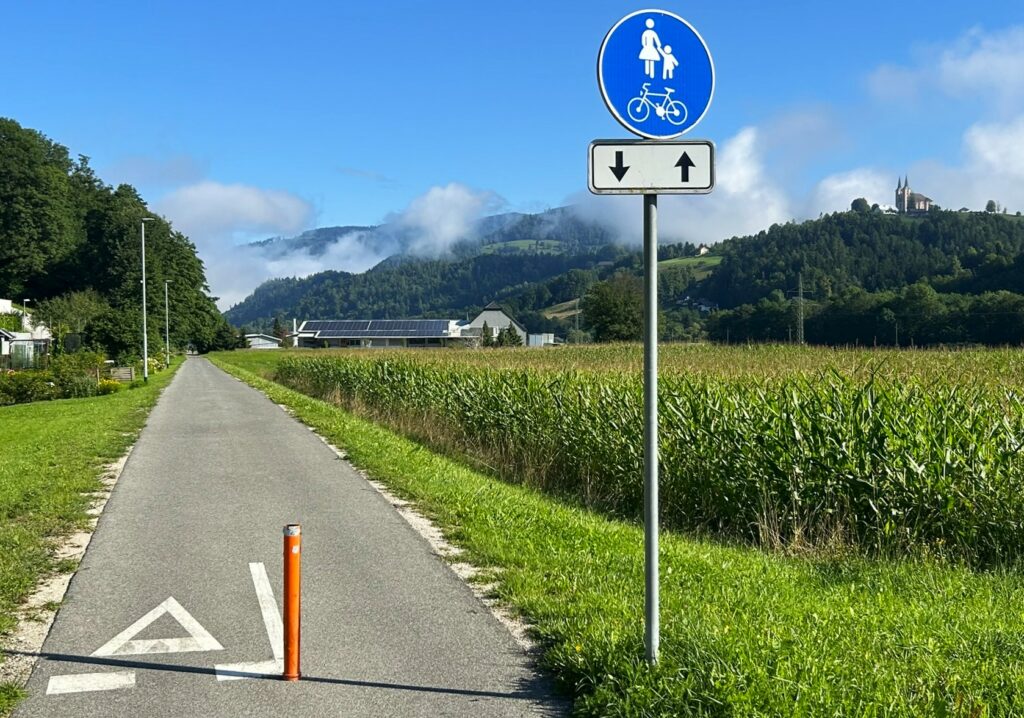
Bei Sv. Peter na Kronski gori bei Šentjanž hebt sich der Nebel am Štrekna-Radweg

Two horses

Aqualatio
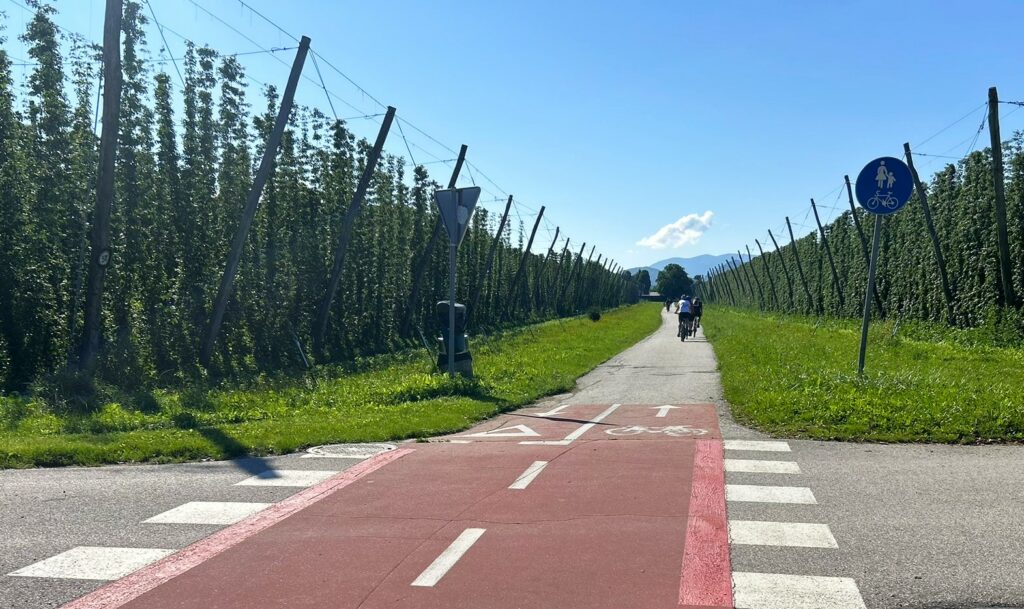
Hopfenlandradeln
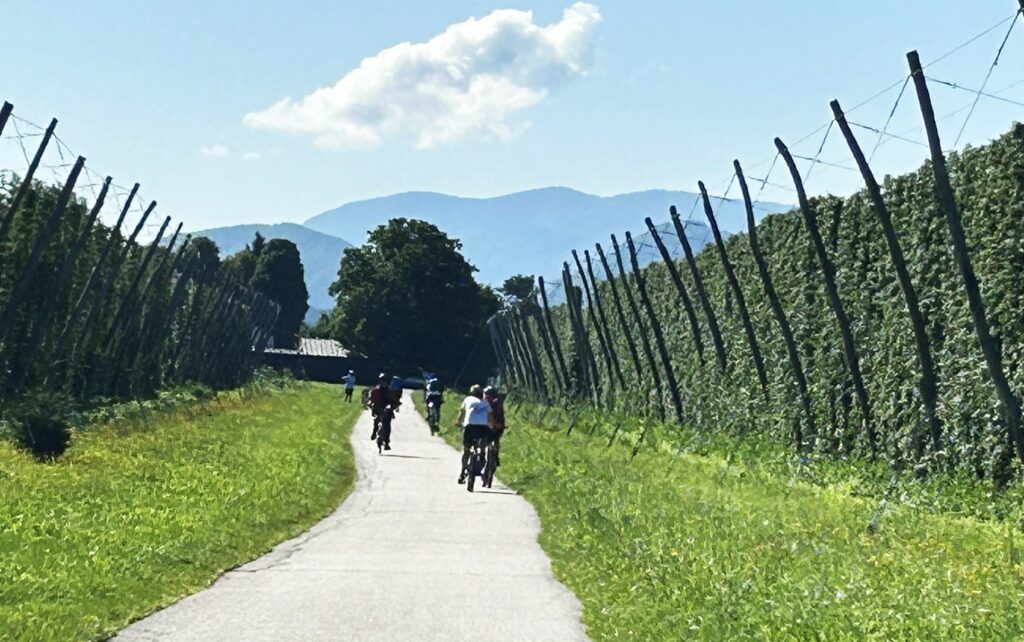

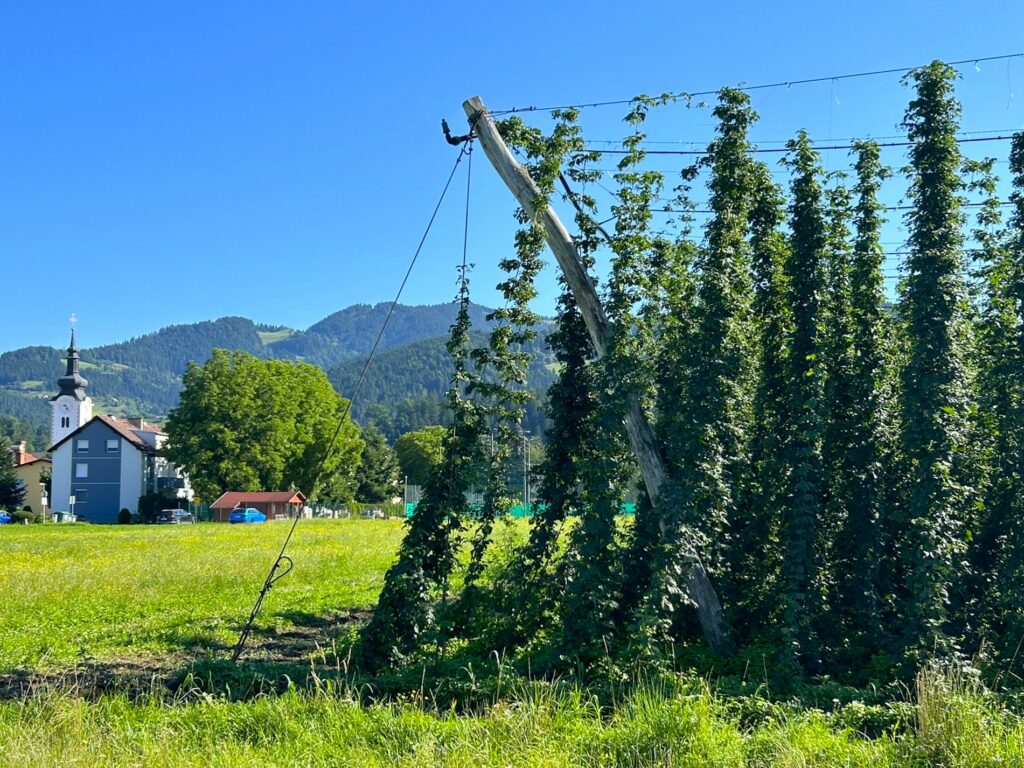
Šmartno
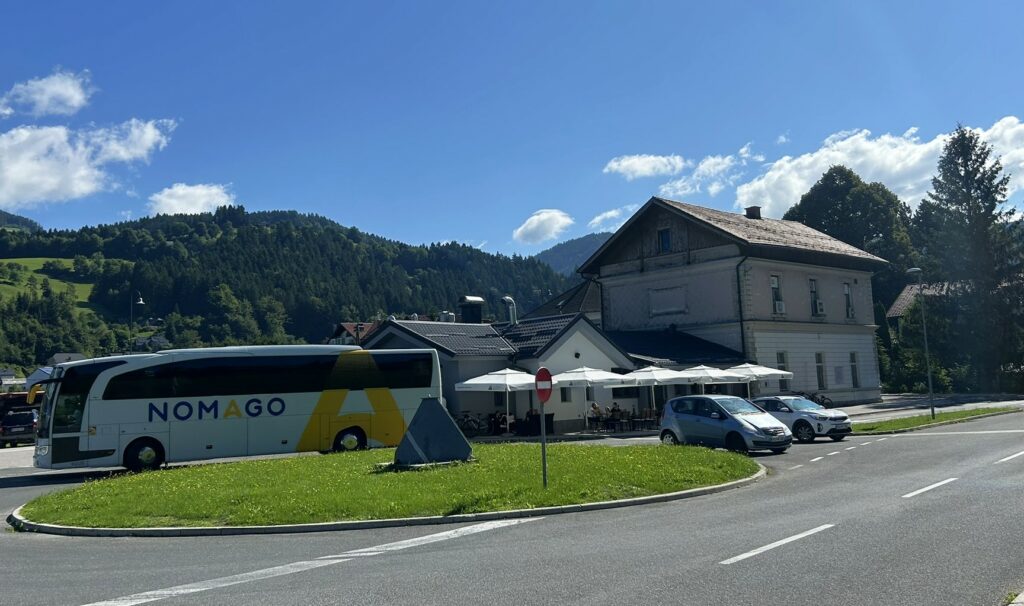
Mislinja
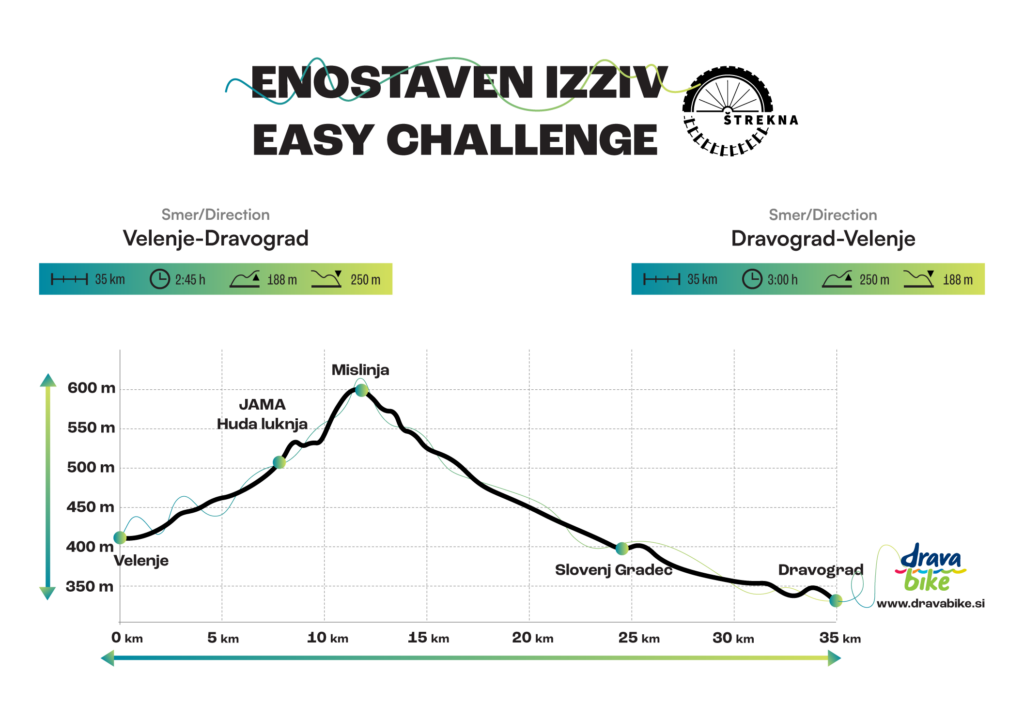

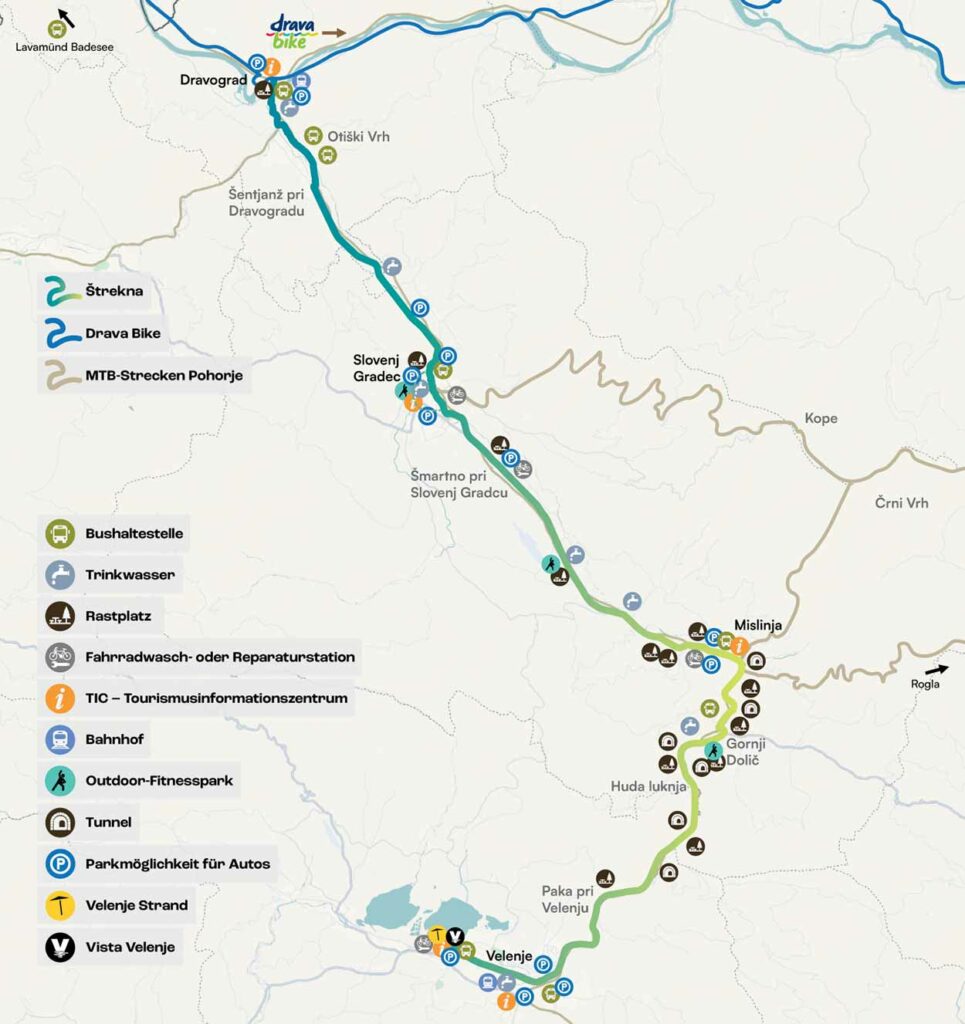
https://strekna.si/de/home-de/
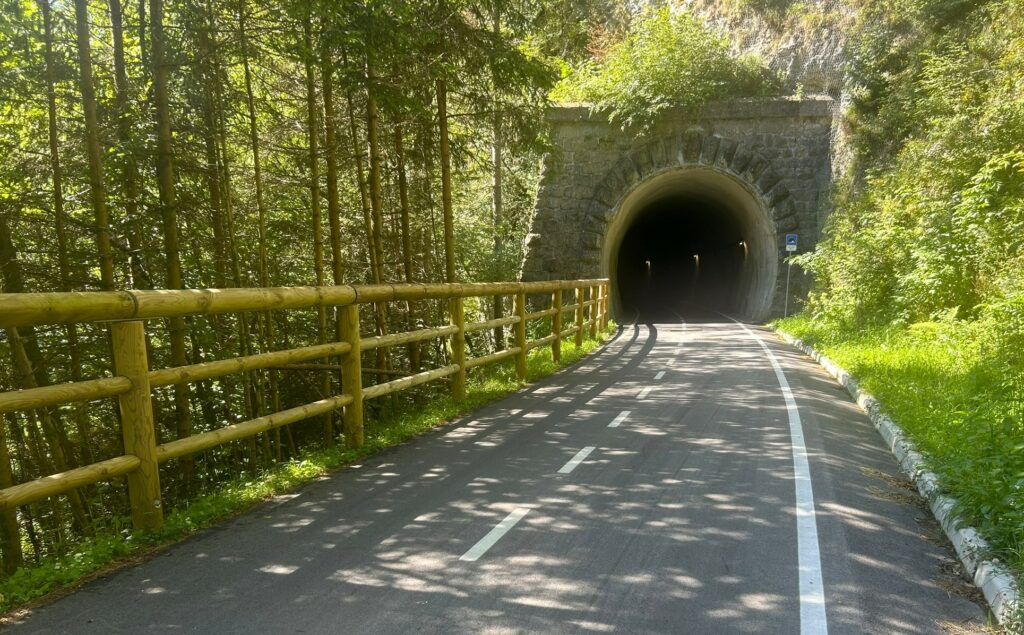
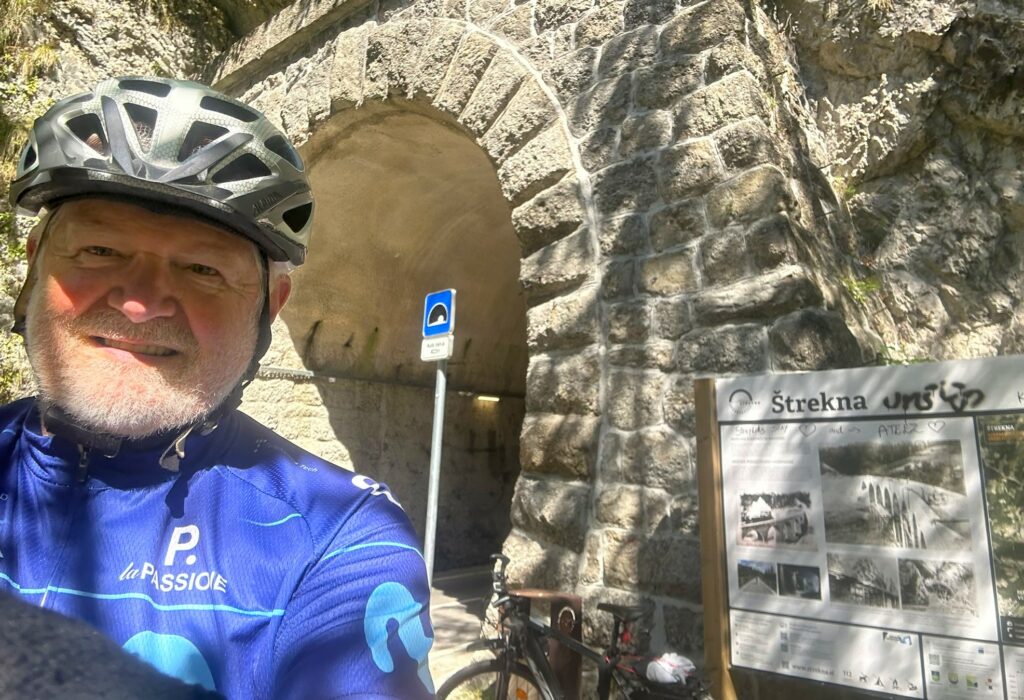
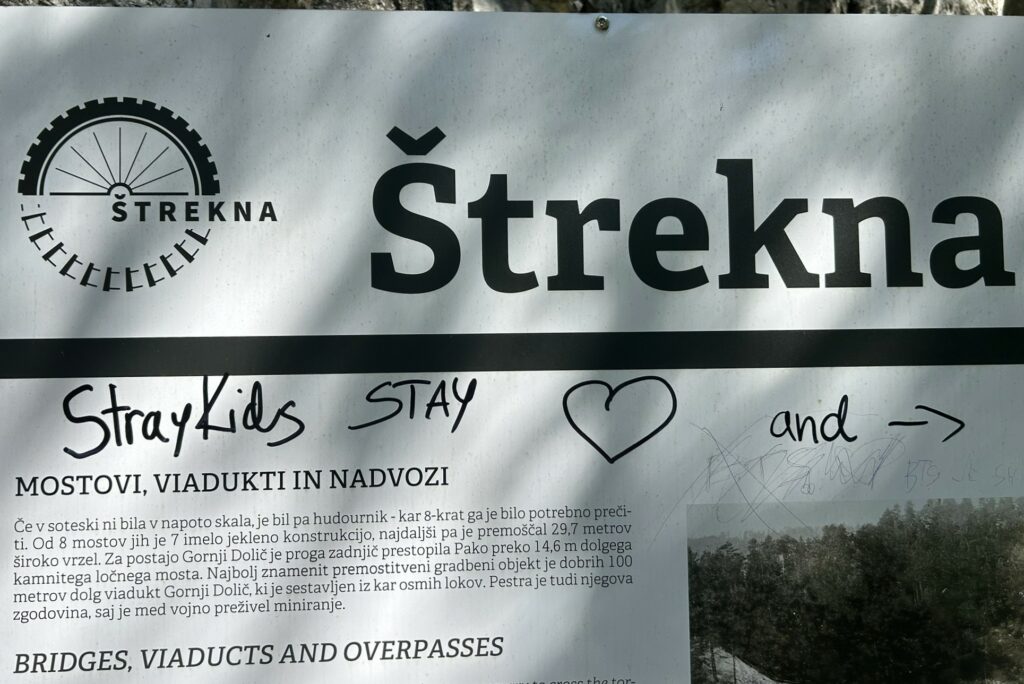
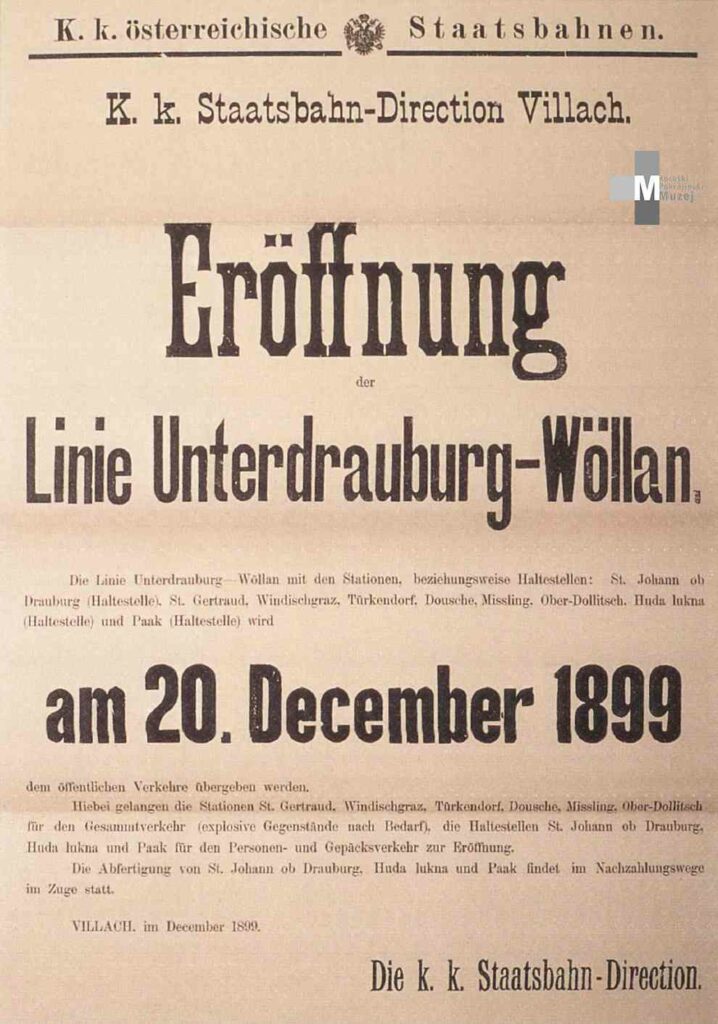

Huda Luknja
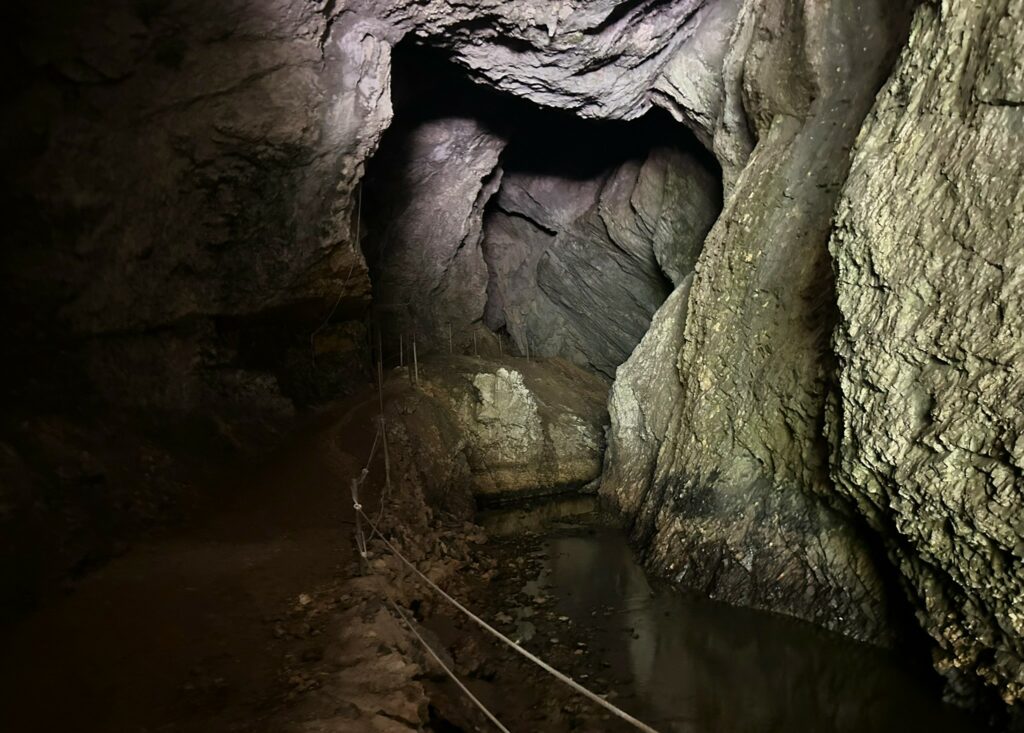
Als unterirdische Perle des isolierten Karstes ist Huda Luknja zweifellos eine der größten Naturattraktionen der Region Kärnten und des Šalek-Tals. Als eine der ersten slowenischen Höhlen, die für Besucher geöffnet wurde, ist sie eine wahre Fundgrube an natürlichen und historischen Besonderheiten. Die Höhle liegt direkt neben der Štrekna-Route, deren Weg durch eine atemberaubende Schlucht führt, eingezwängt zwischen den steilen Hängen von Tisnik und Pečovnik – ein einzigartiger Naturdurchgang, der an sich schon zu einem Halt einlädt.
Ein Besuch von Huda Luknja entführt Sie in eine Welt unterirdischer Schönheit, wo der Bach Ponikva fließt und die Tropfsteinhöhle Medvedji rov in Begleitung erfahrener Höhlenforscher zugänglich ist. Die über 2.300 Meter lange Höhle hat einen unteren Teil mit einem 400 Meter langen Wassertunnel, während sich der obere Teil über zwei Stockwerke erstreckt, die durch einen malerischen, etwa 10 Meter hohen Wasserfall verbunden sind.
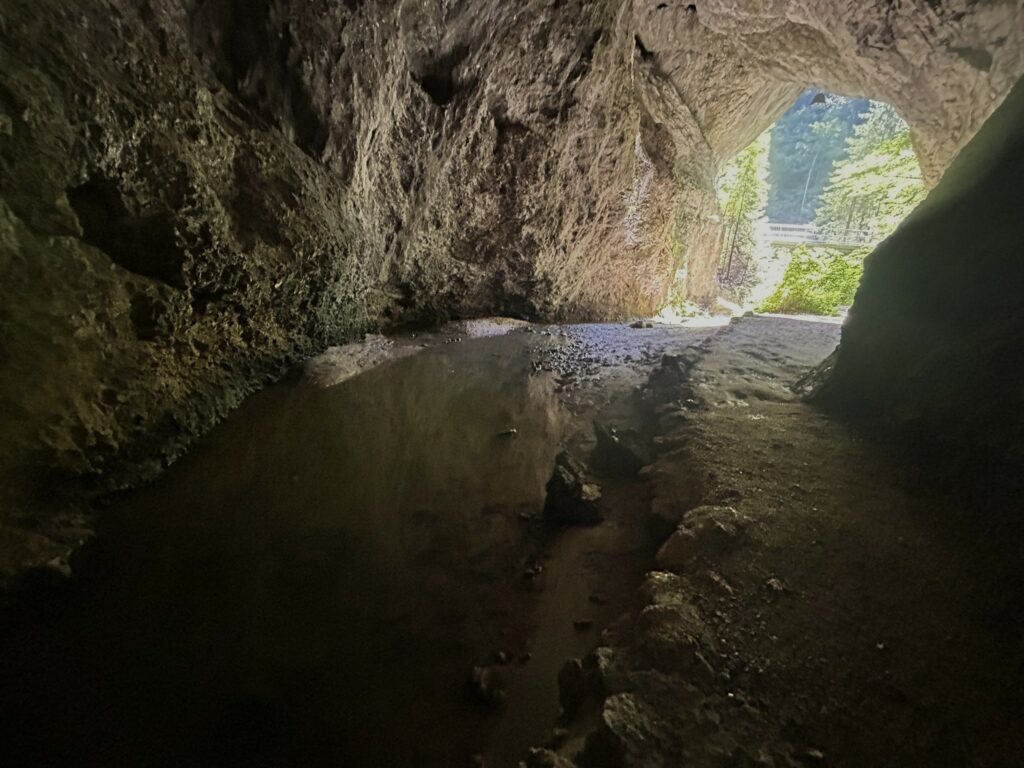
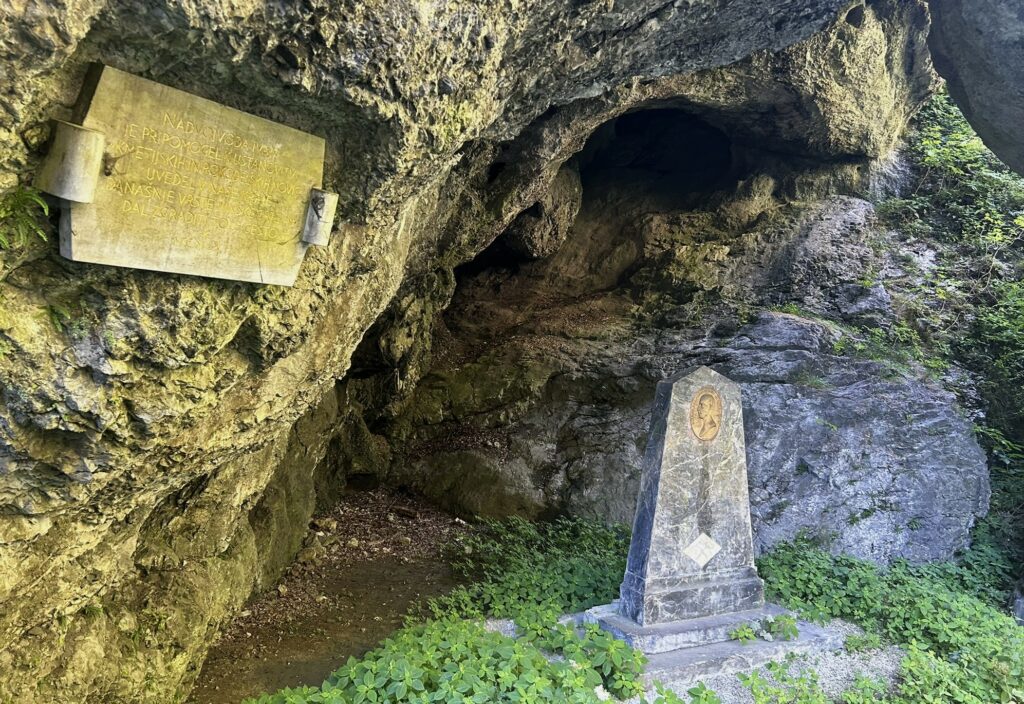
Diese wunderschöne Landschaft wurde noch weiter aufgewertet, als Erzherzog Johann im frühen 18. Jahrhundert den Bau einer neuen Straße durch die Schlucht in Auftrag gab. Aus Dankbarkeit errichteten die Einheimischen ein Denkmal, das noch heute an die Verbindung zwischen Mensch und Natur erinnert.
Kontakt für eine Höhlentour
CAROŠKOŠALEŠKI CAVERSKI CLUB „SPELEOS-SIGA“ VELENJE
Črnova 52a (pp 138), 3320 Velenje
+386 41 801 876
www.speleos-siga.org
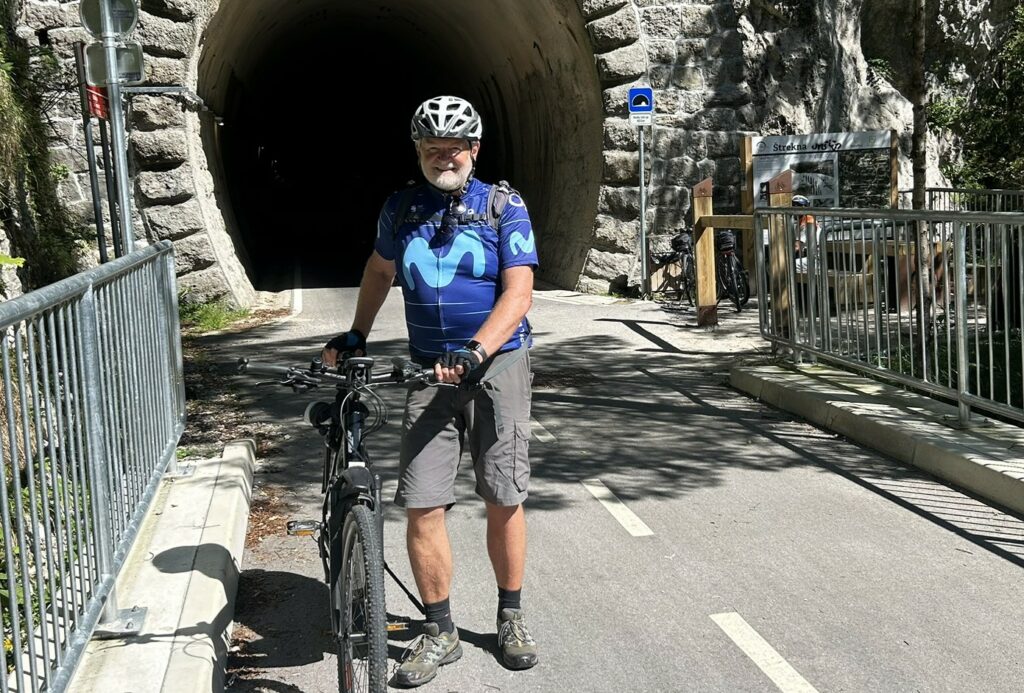
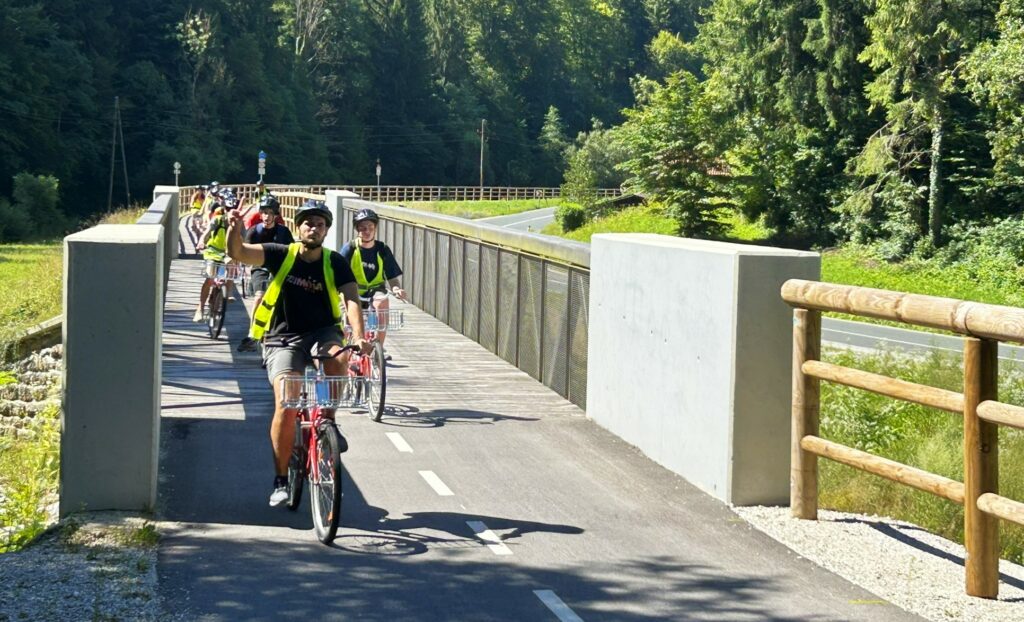

You never ride alone on Štrekna
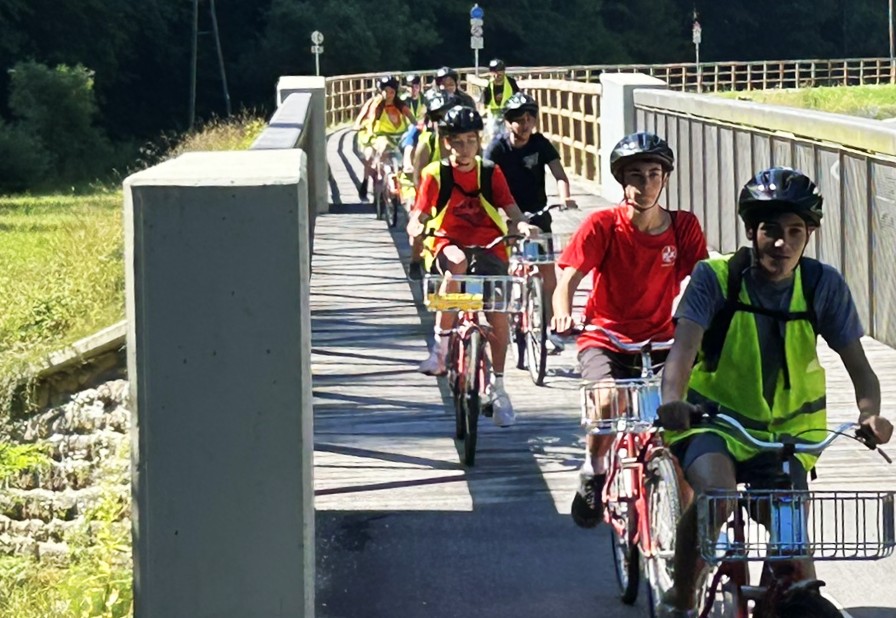
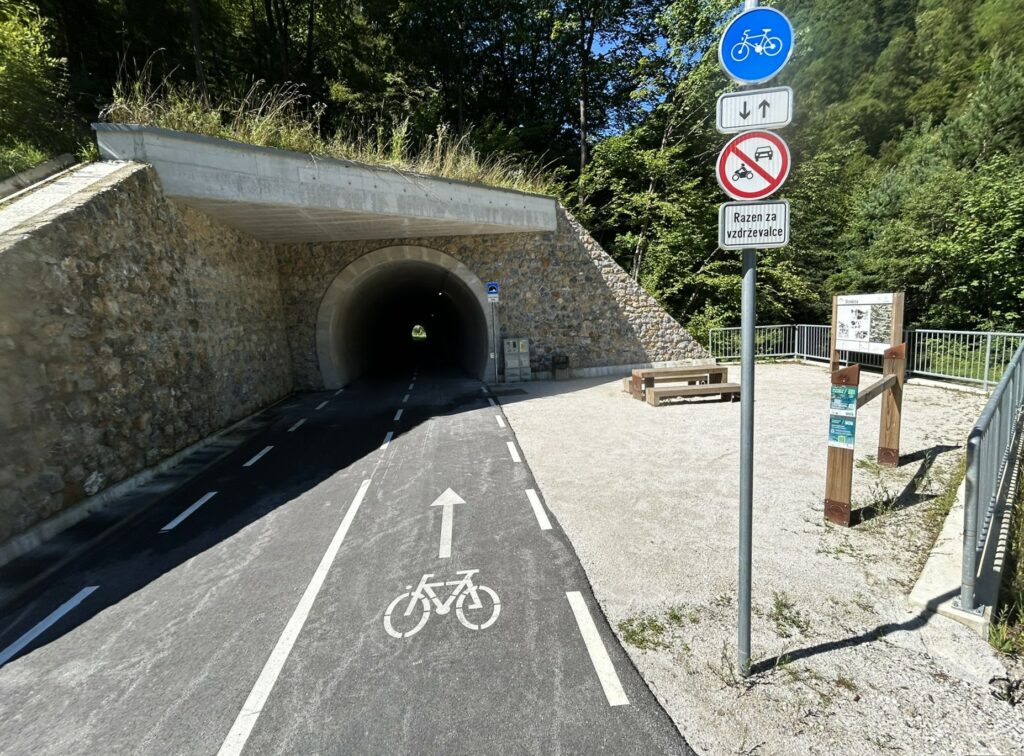
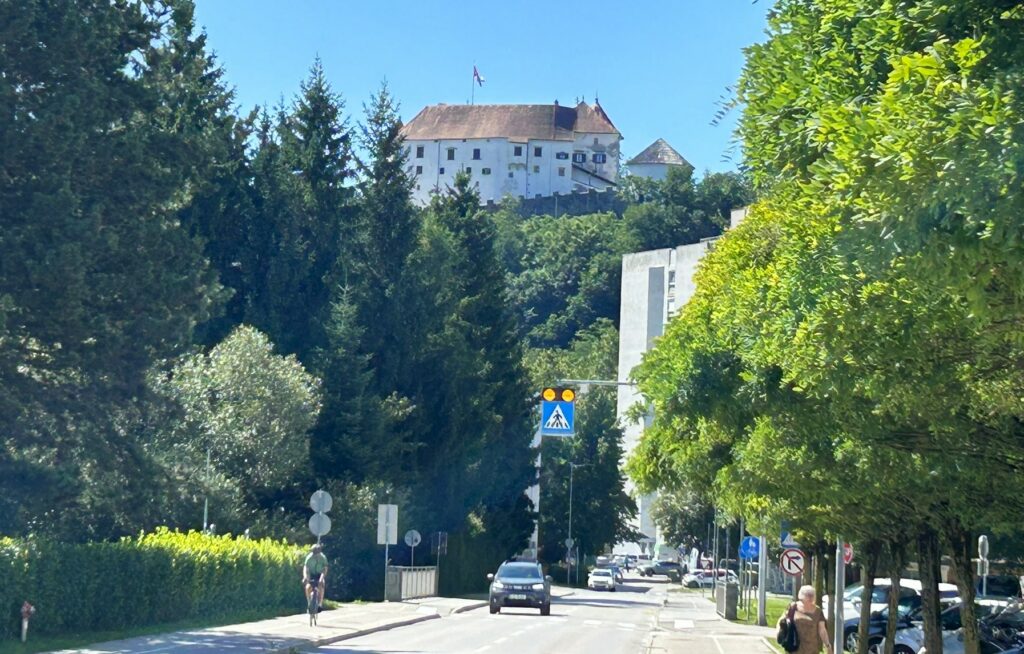
Erster Blick auf Velenje Castle
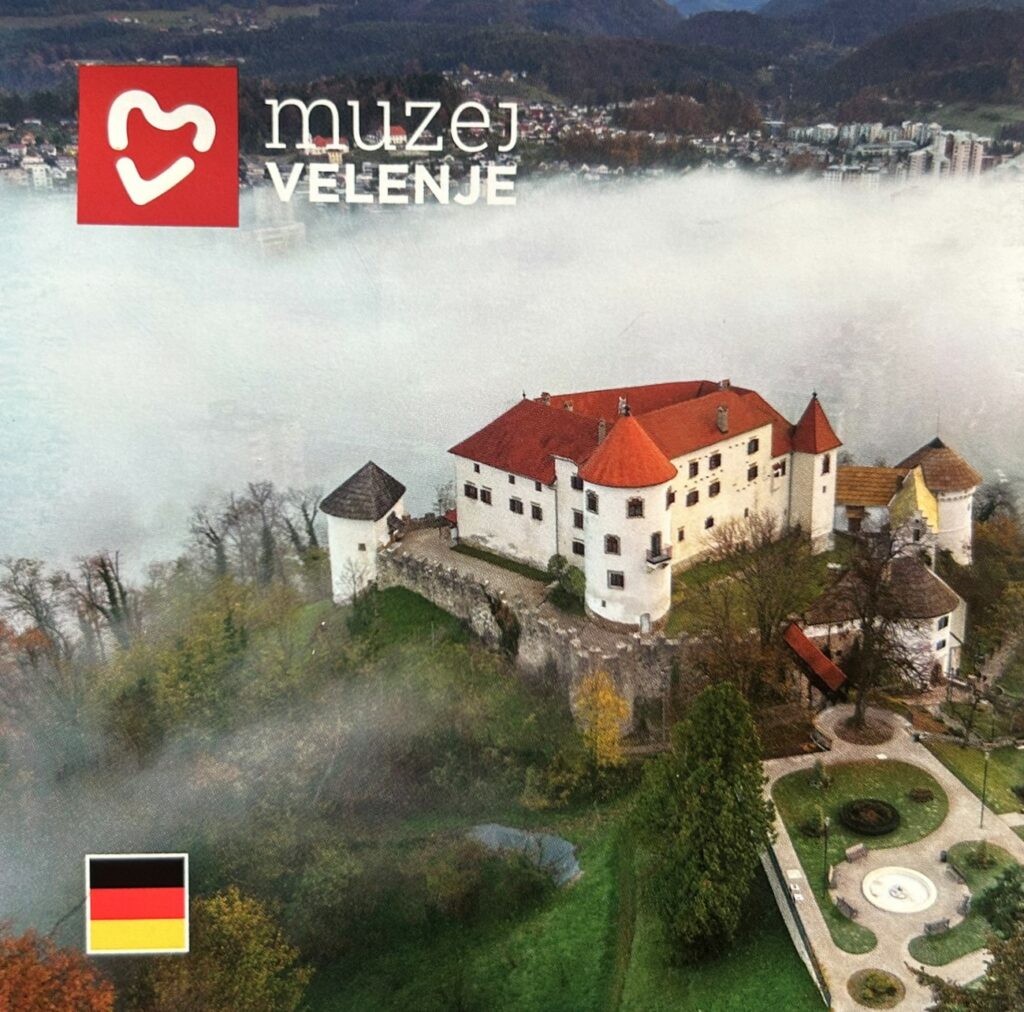
Die Burg Velenje ist eine der am besten erhaltenen Burgen in Slowenien. Sie wurde erstmals im Jahr 1270 erwähnt. Heute hat sie die Form einer typischen militärischen Wohnfestung. Im Laufe der Jahrhunderte wurde die Burg erweitert und umgebaut, und im 16. Jahrhundert erhielt sie ihr heutiges Renaissanceaussehen.
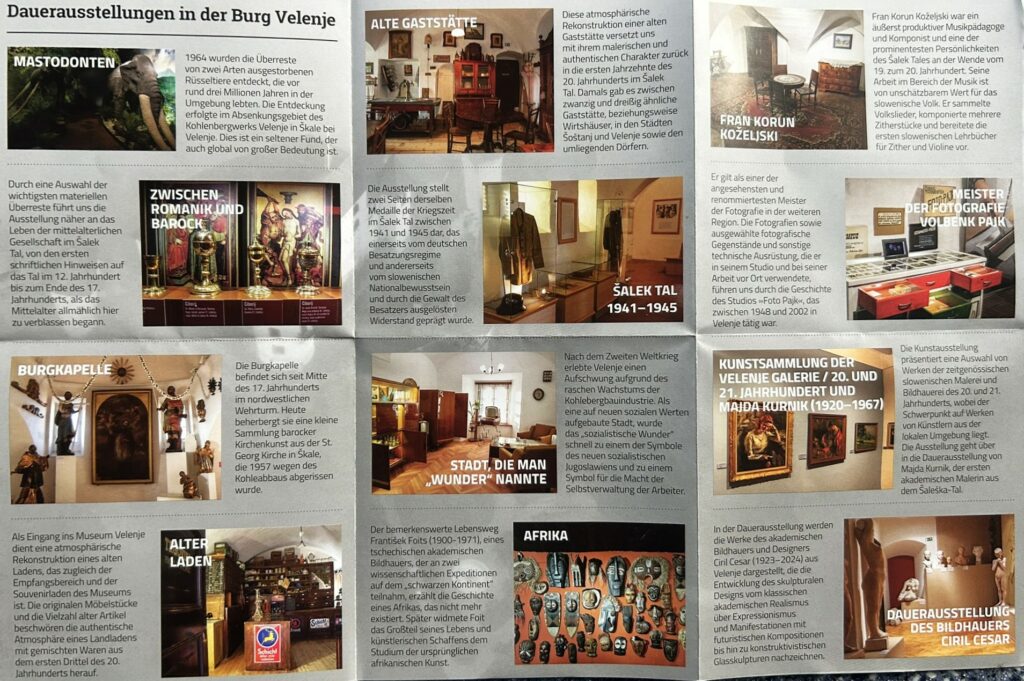
Heute umfasst das Museum Velenje mit seiner Tätigkeit drei Gemeinden des Šaleška-Tals (Velenje, Šoštanj und Šmartno ob Paki), die Besucher können in der Burg Velenje zehn Dauerausstellungen und oft interessante gelegentliche Ausstellungen besichtigen. Neben den Sammlungen, die den Besucher durch die lokale Geschichte führen, sind auch die afrikanische Sammlung von František Foit, eine der drei wichtigsten afrikanischen Sammlungen in Slowenien, die Sammlung mit den Überresten des Mastodons sowie die Sammlung der zeitgenössischen slowenischen Kunst sehenswert.

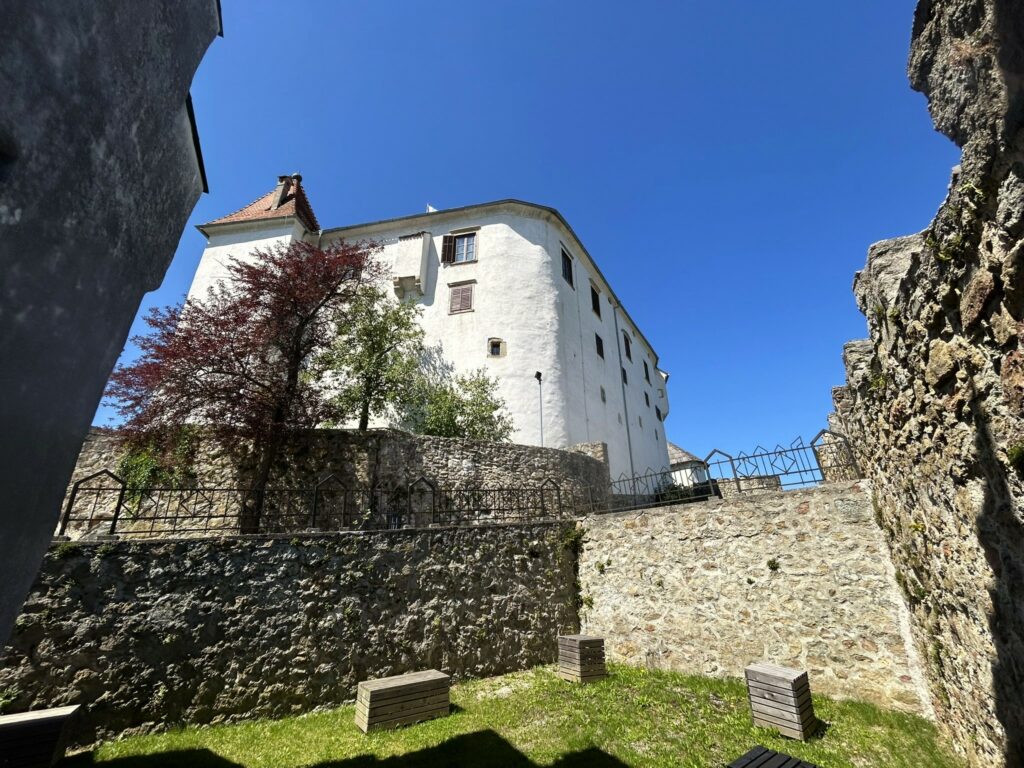

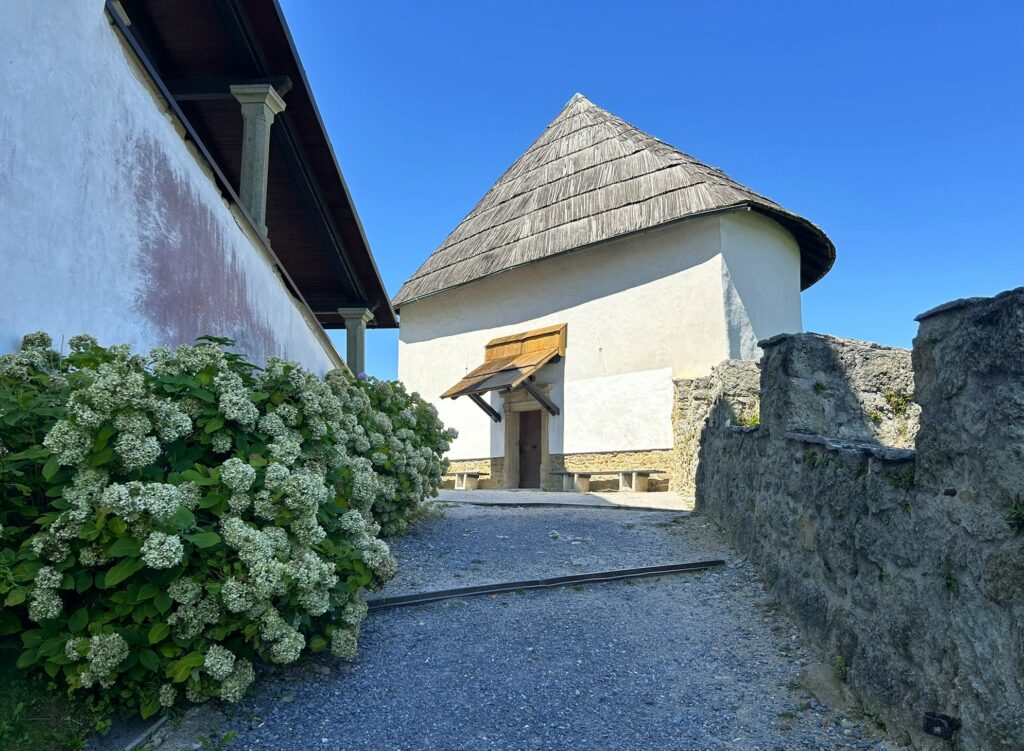
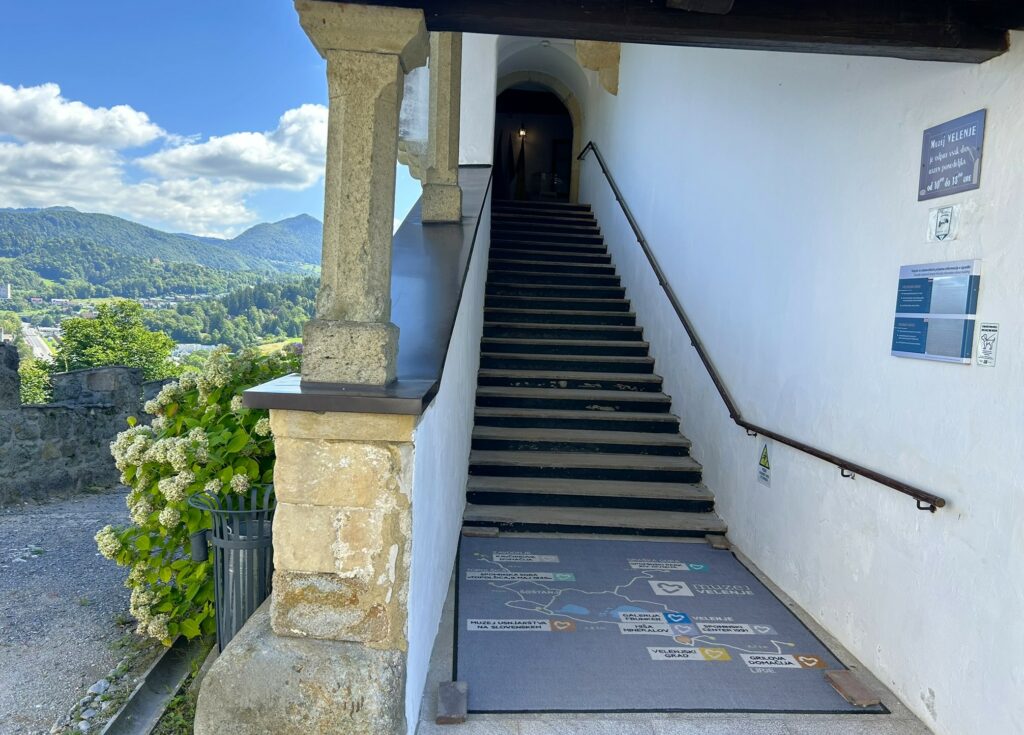
Im Velenje-Museum können Sie zehn ständige Sammlungen besichtigen:
- Mastodont,
- Die afrikanische Sammlung von František Foit,
- Als Velenje eine Stadt wurde,
- Zwischen Romanik und Barock,
- Šaleška-Tal 1941 – 1945,
- Sammlung zeitgenössischer slowenischer Kunst – Gorenje,
- Sammlung des Bildhauers Cirilo Cesar,
- Alter Laden,
- Das alte Gasthaus,
- Schlosskapelle,
- Fran Korun Koželjski,
- Meister der Fotografie Volbenk Pajk,
- Majda Kurnik 1920–1967.
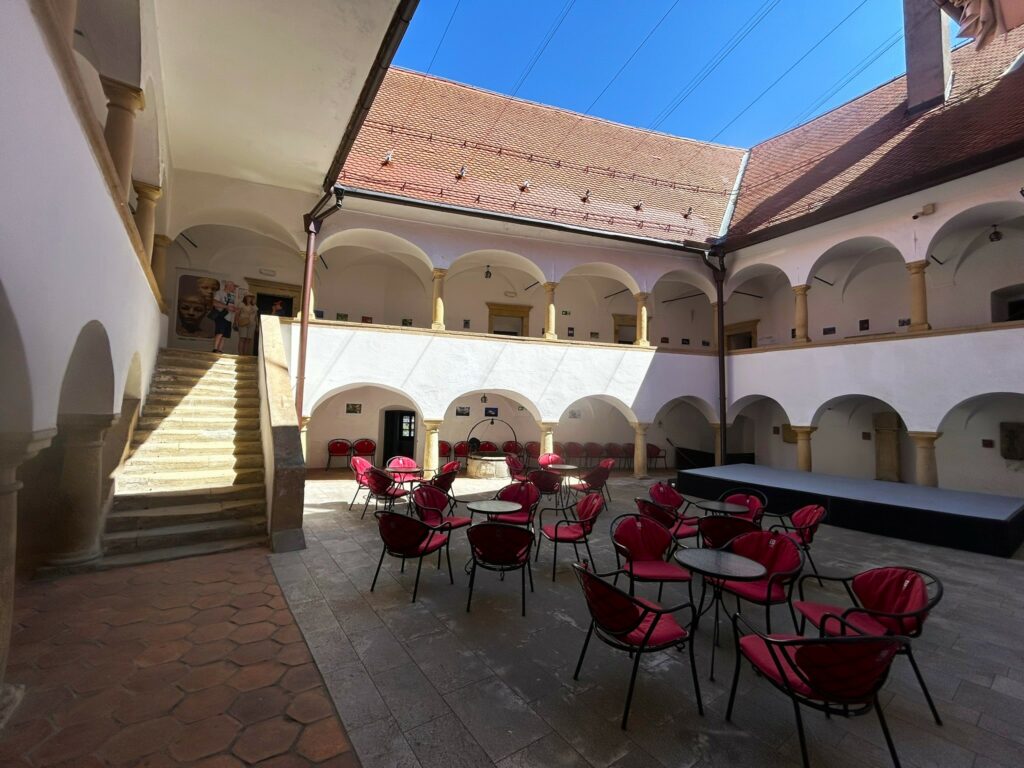
Auf drei Geschossen werden wunderbar aufbereitete historische Schätze präsentiert
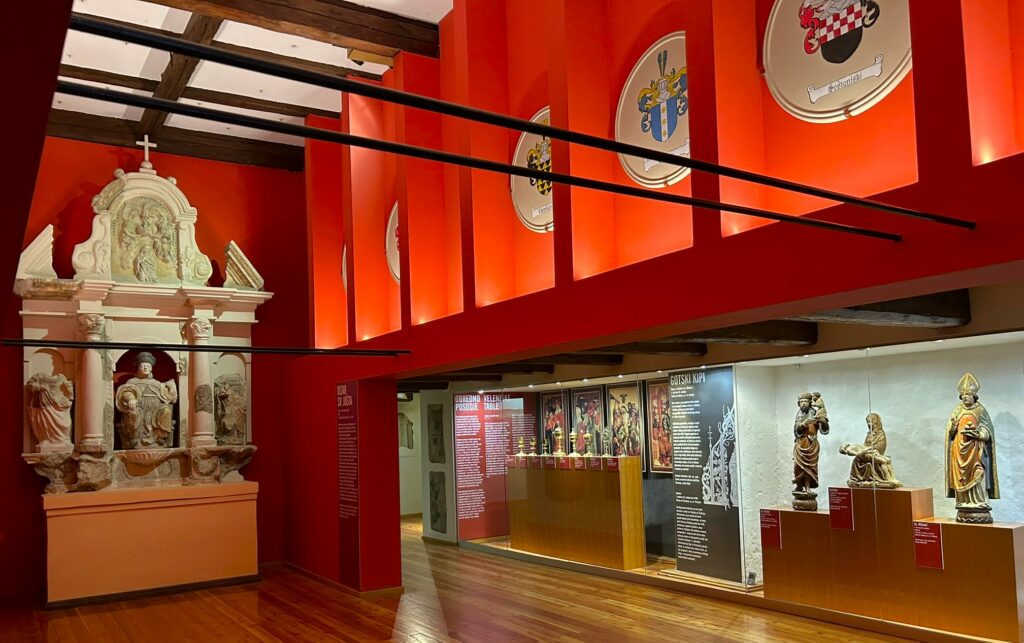
Zwischen Romanik und Barock
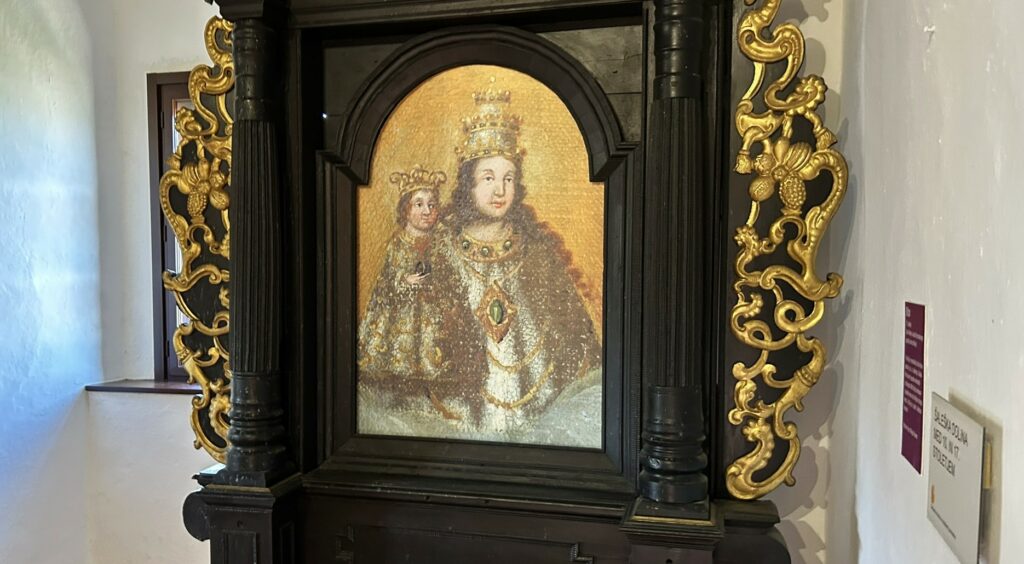
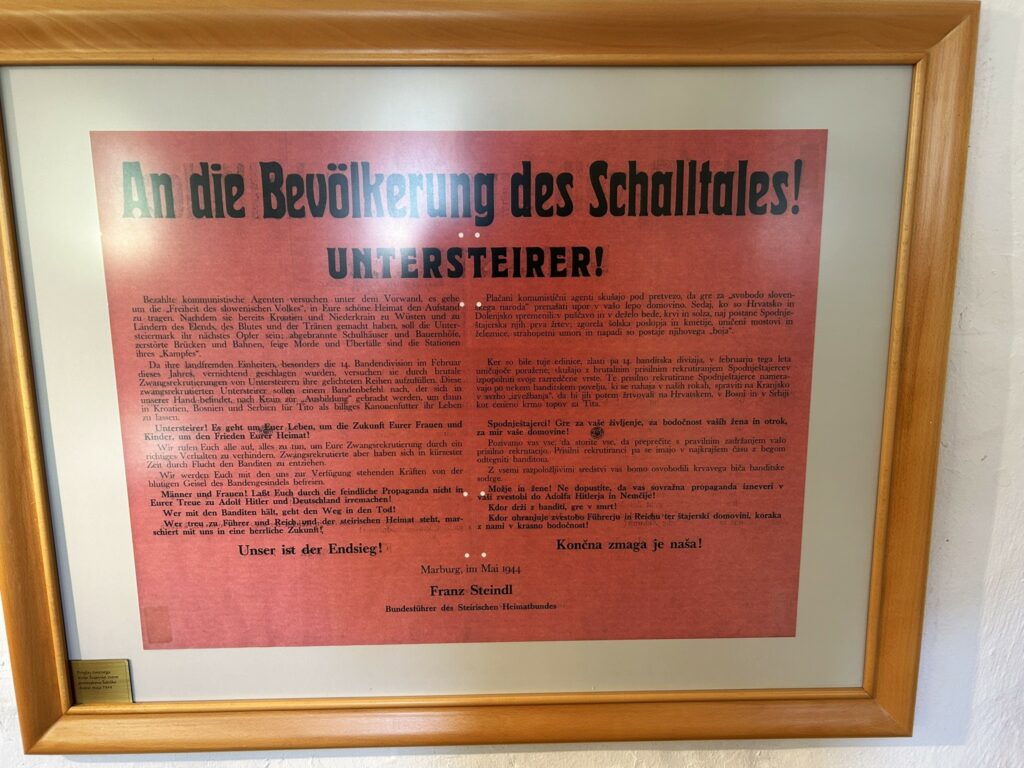
Propagandadokumente
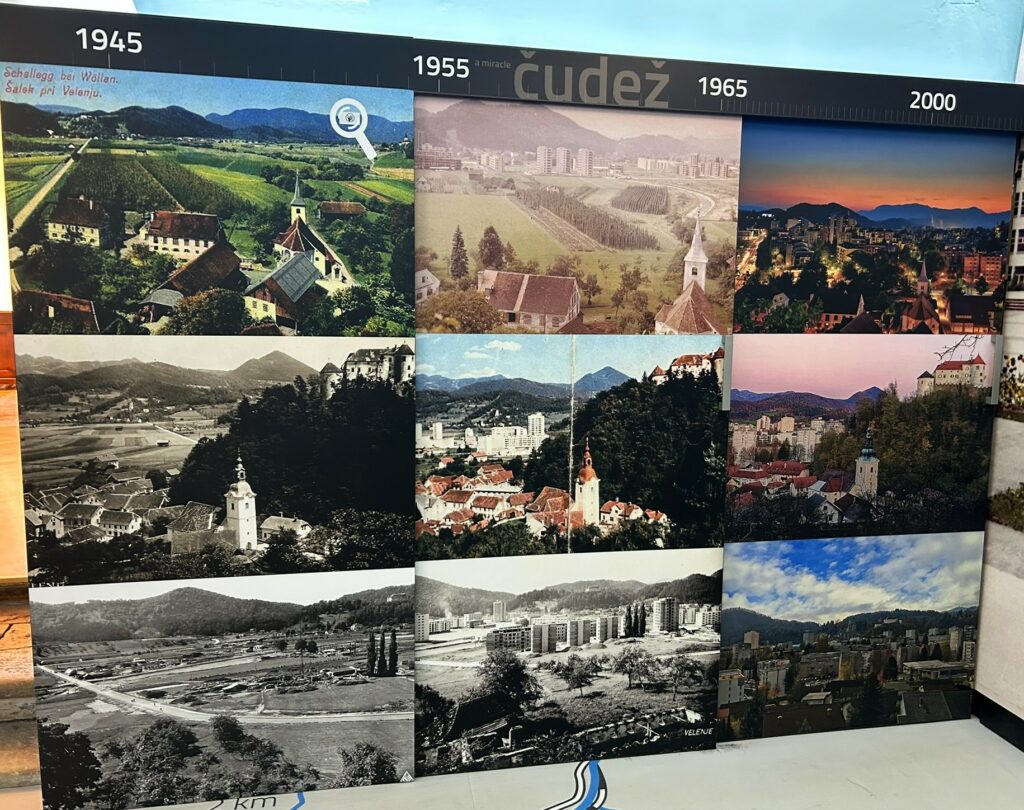
Stadtentwicklung
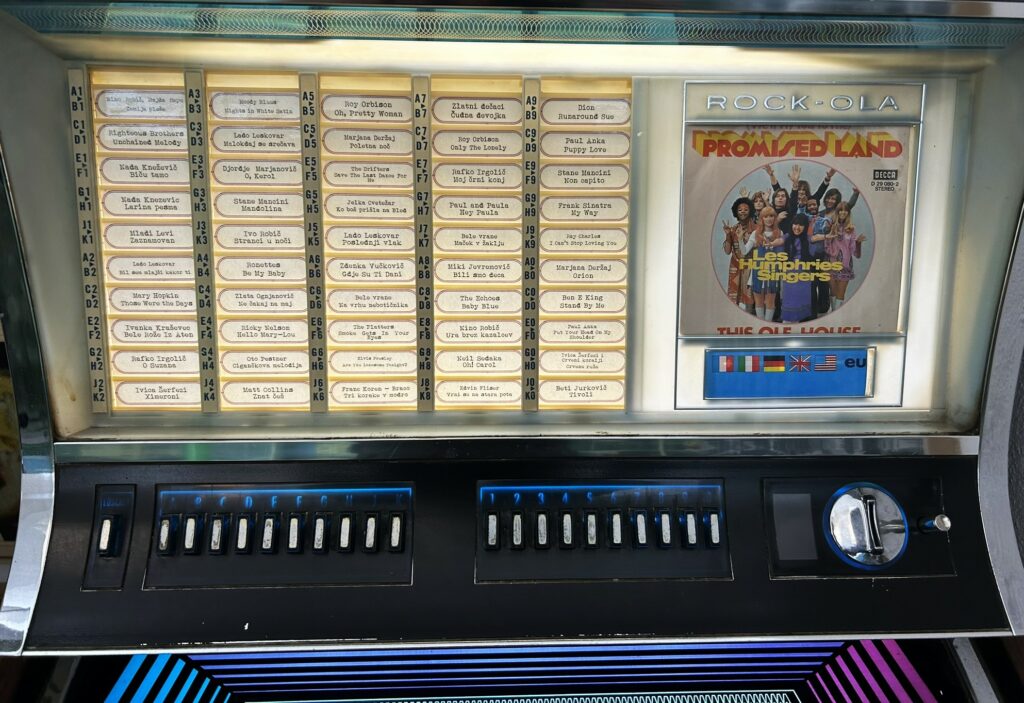
Wurlitzer
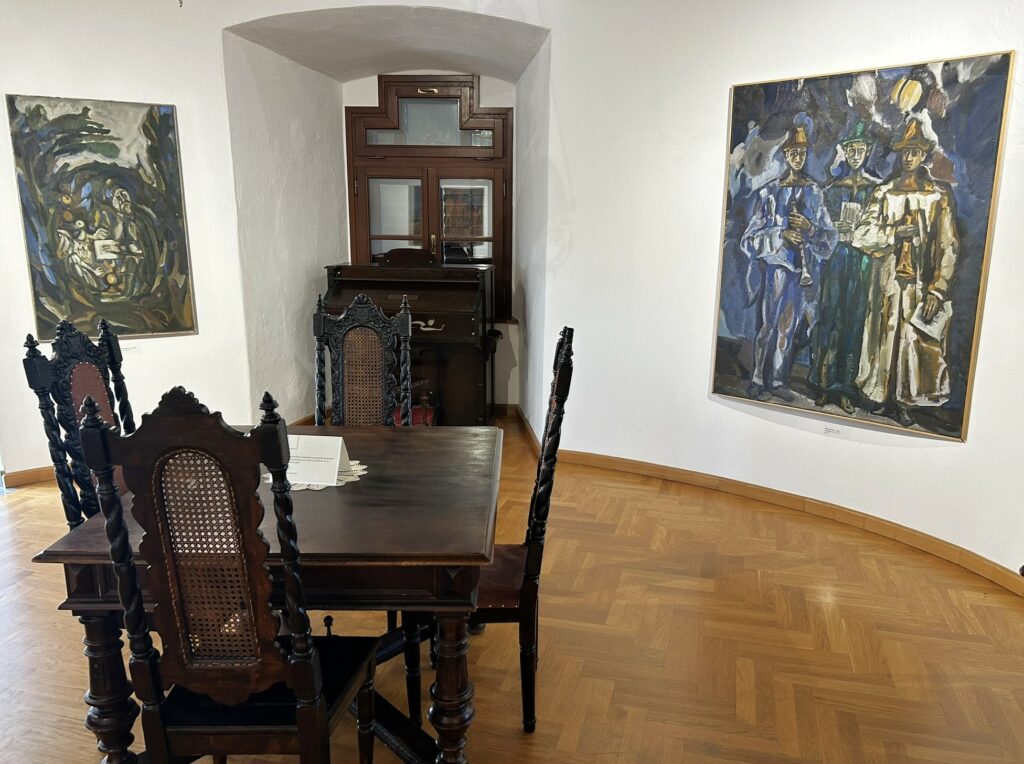
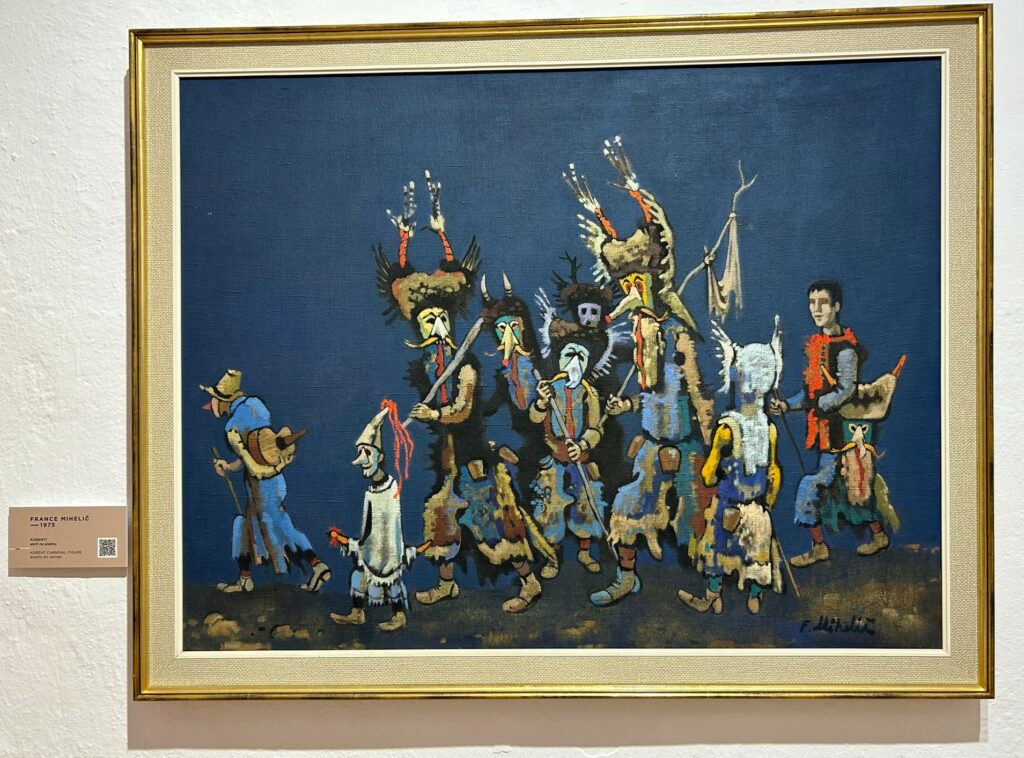
Kurenten

Sammlung zeitgenössischer slowenischer Kunst
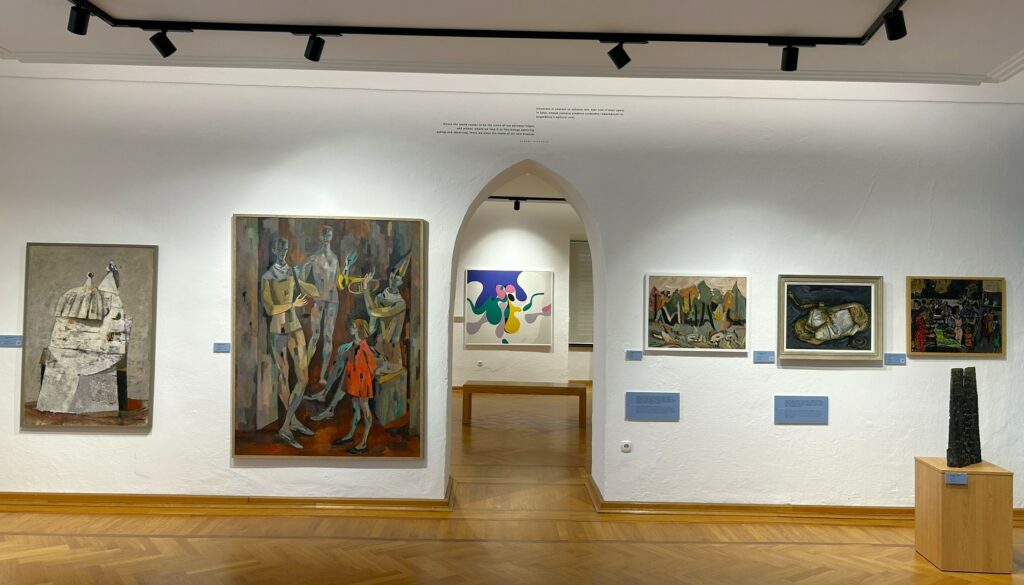
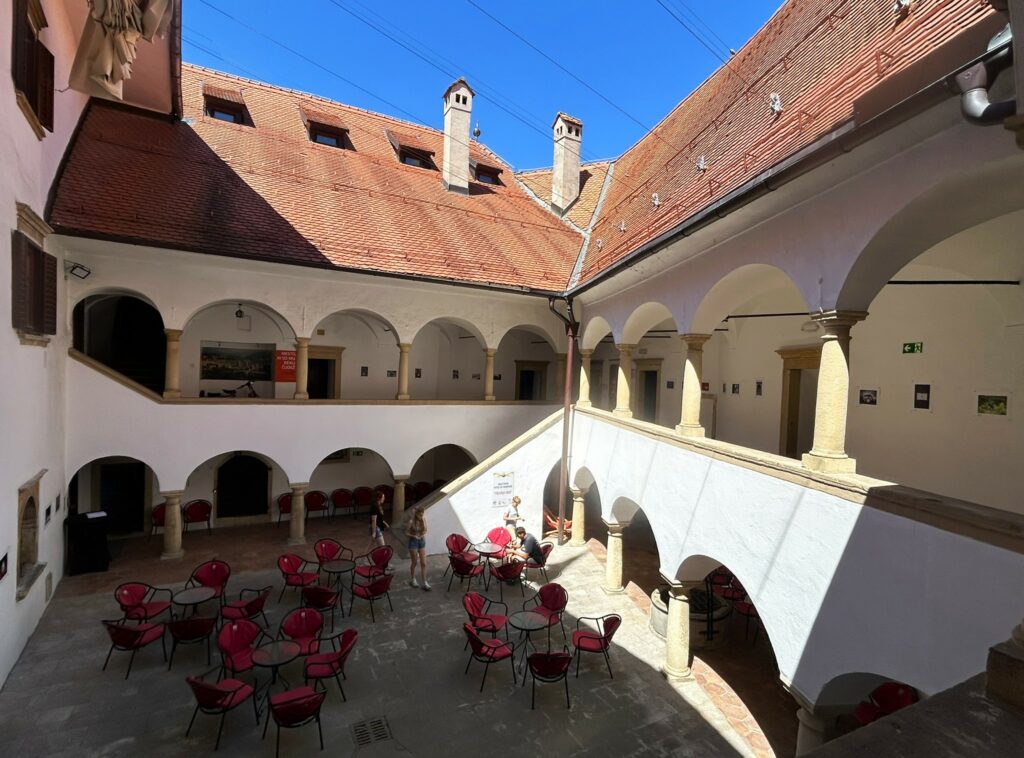
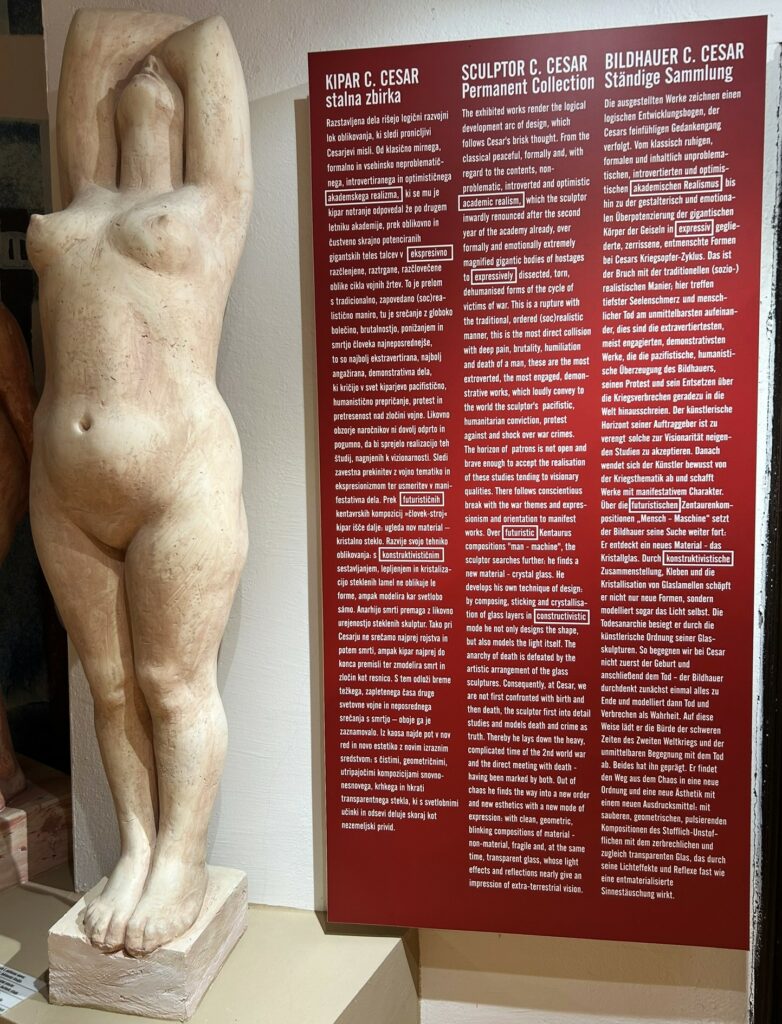
Sammlung des Bildhauers Cirilo Cesar

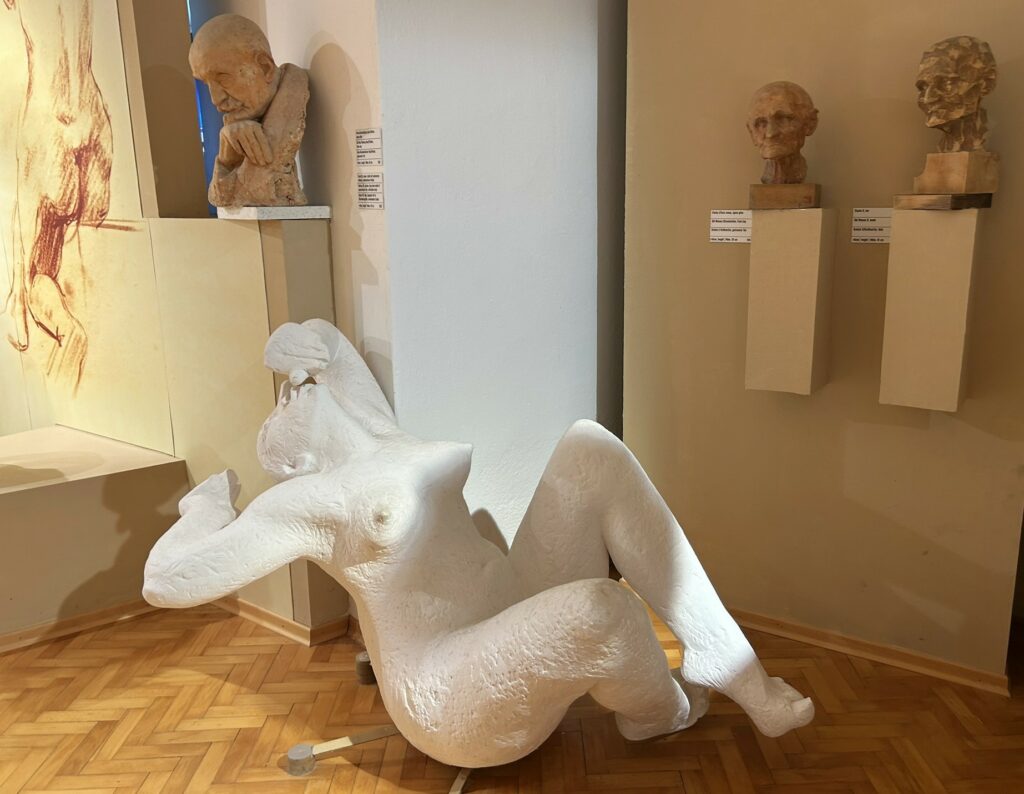
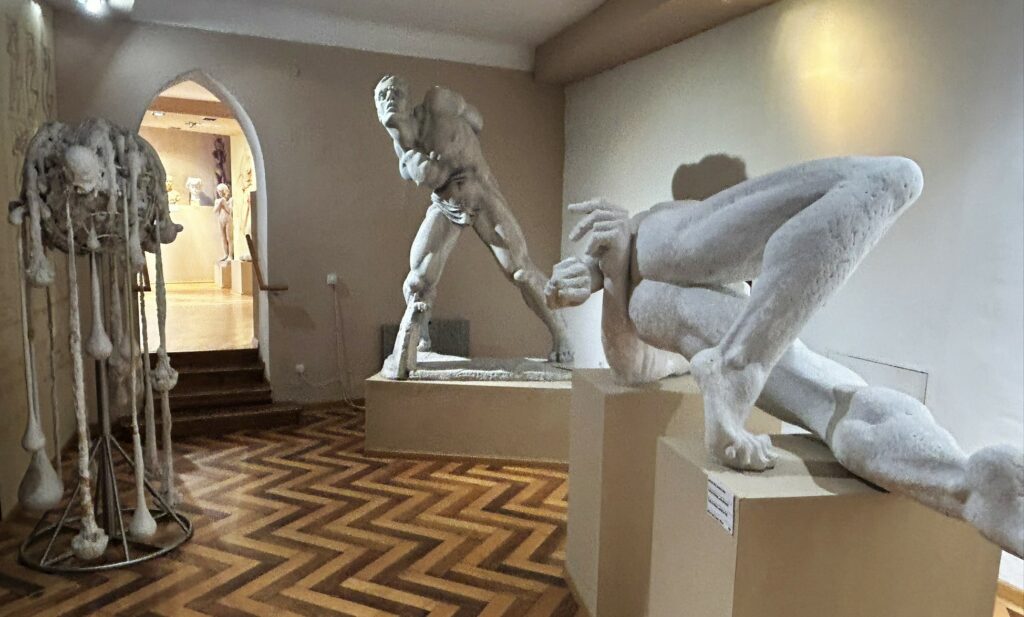
https://muzej-velenje.si/en/muzej_velenje/sculptor-ciril-cesars-permanent-exhibition/

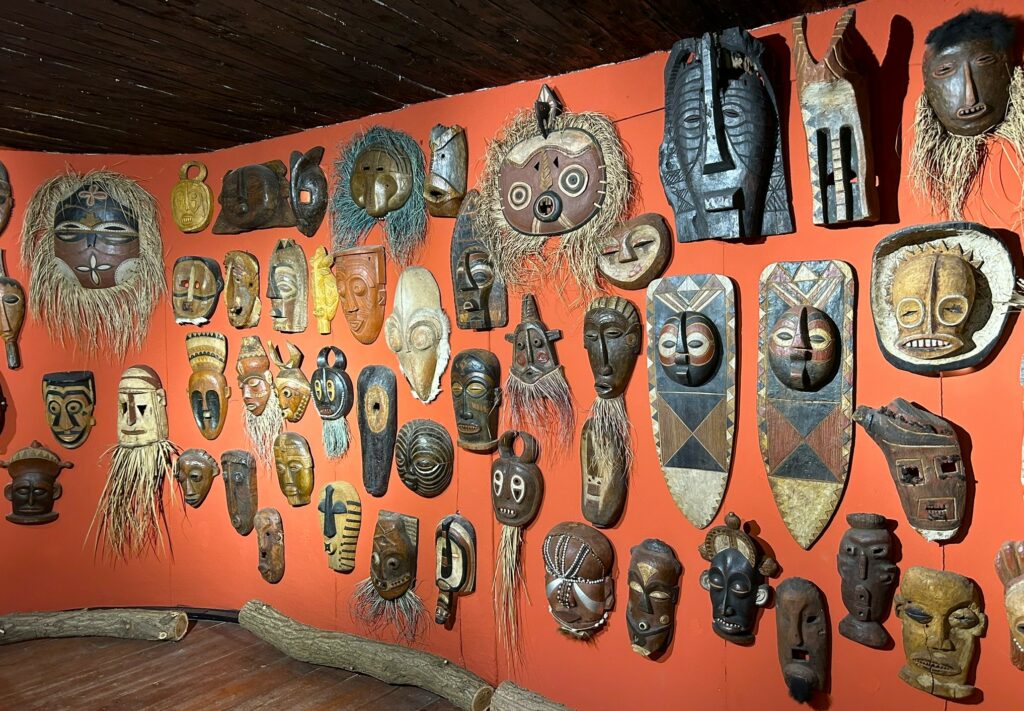
Die afrikanische Sammlung von František Foit
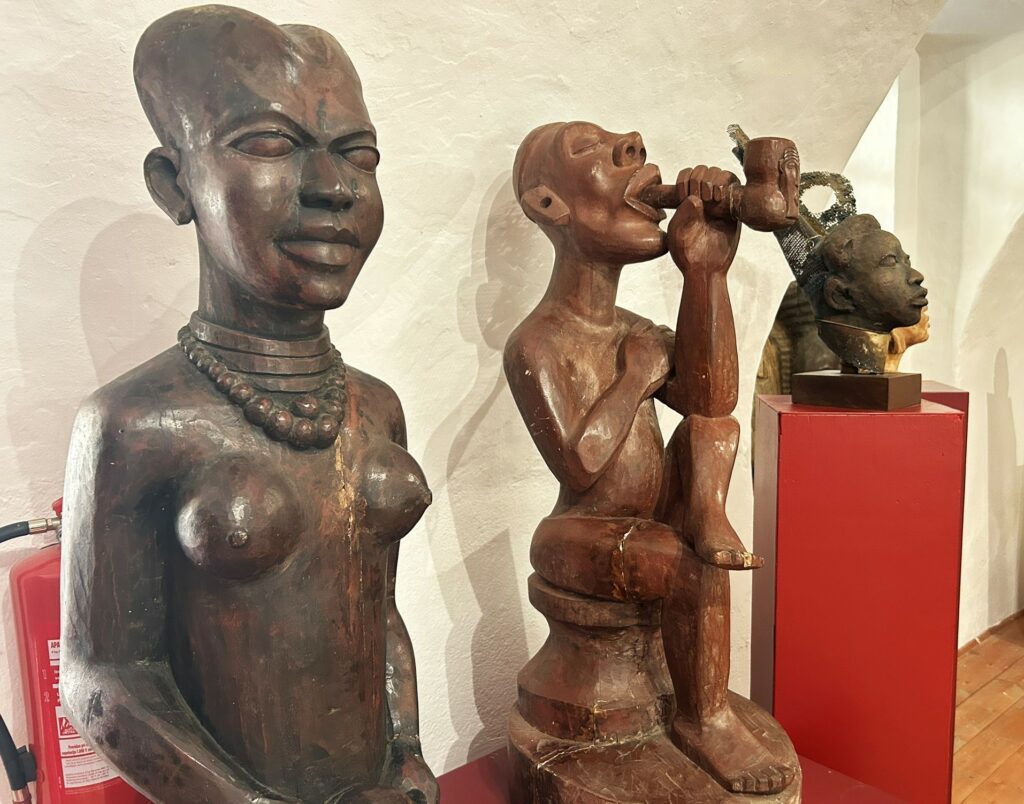
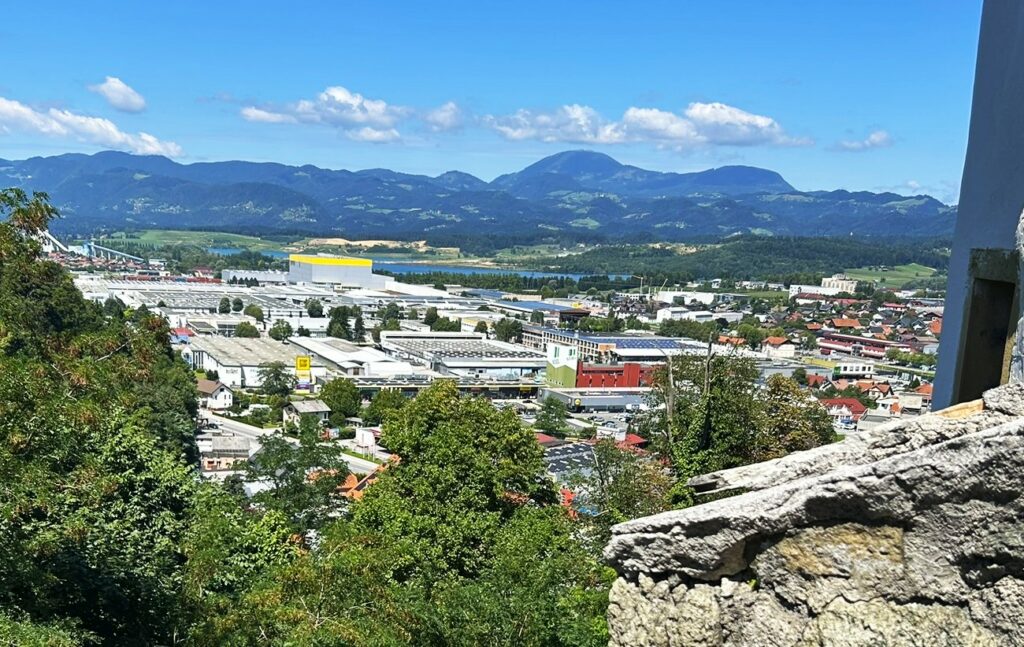
Blick in Richtung Velenje Beach und Vista
Am Fuße der grünen Hänge des Šaleška-Tals, am Ufer des sauberen und warmen Velenje-Sees, liegt einer der beliebtesten Orte für Entspannung, Erholung und Sommererlebnisse in Slowenien: Velenjska plaža. Hier verschmelzen Natur und moderne Annehmlichkeiten zu einem Ort, an dem jede Generation etwas für sich findet, vom unbeschwerten Faulenzen im Schatten und Erfrischung im See bis hin zu lebhaften Sportveranstaltungen, Kinderspielen und kulinarischen Köstlichkeiten.
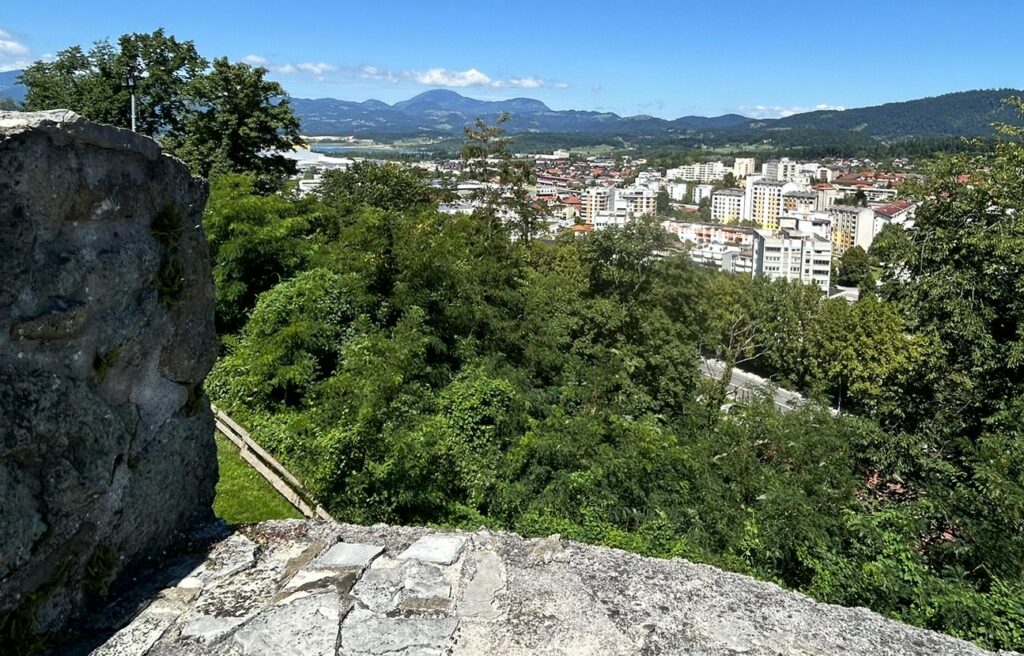

Blick in Richtung Schisprungschanzen
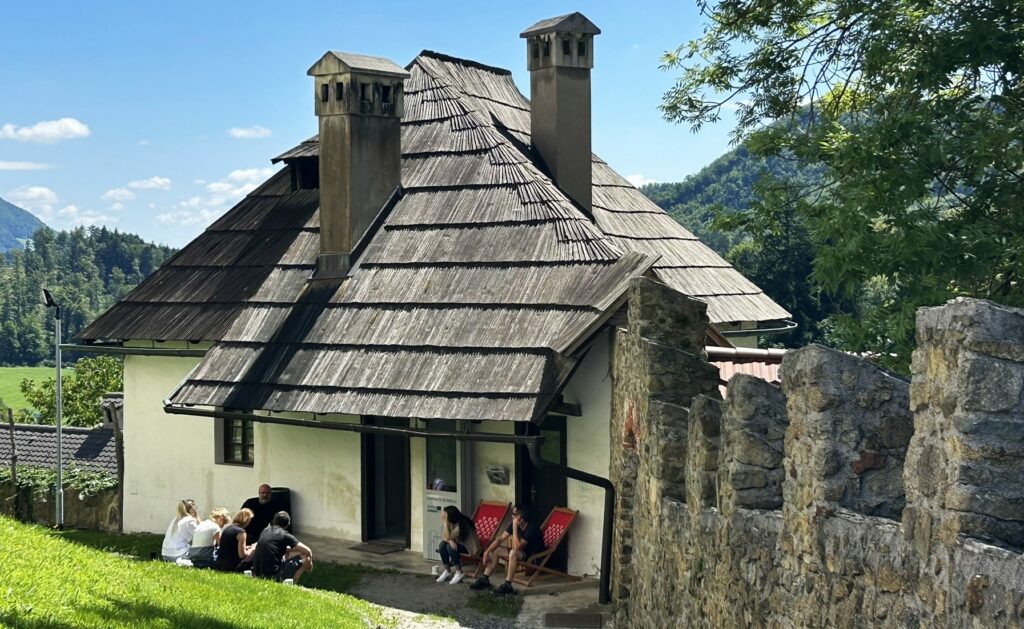
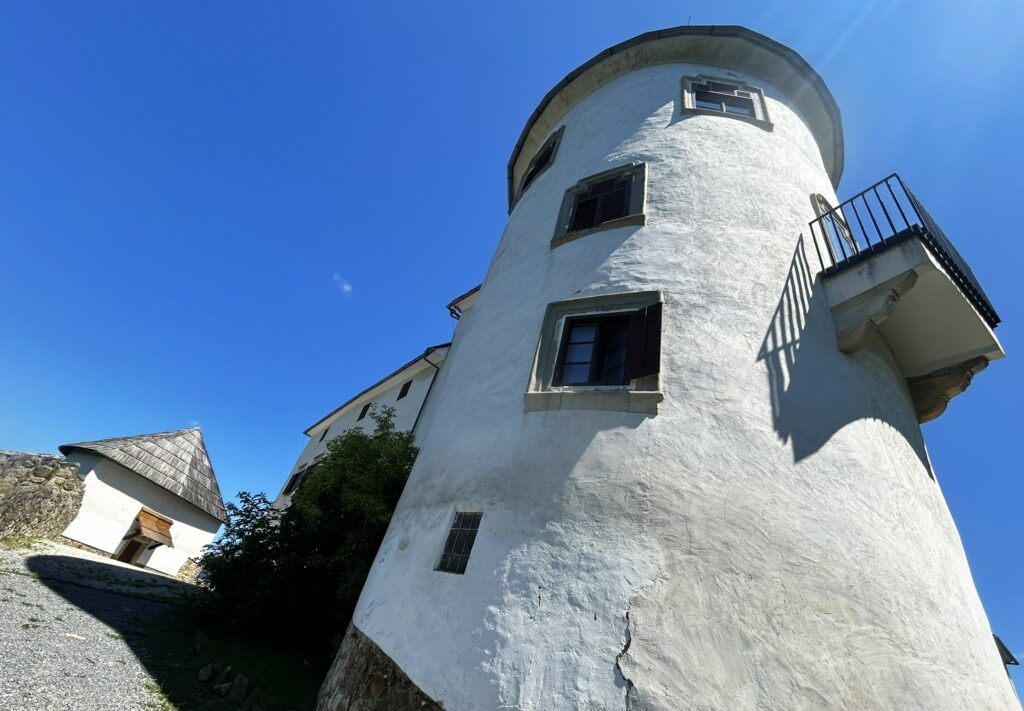
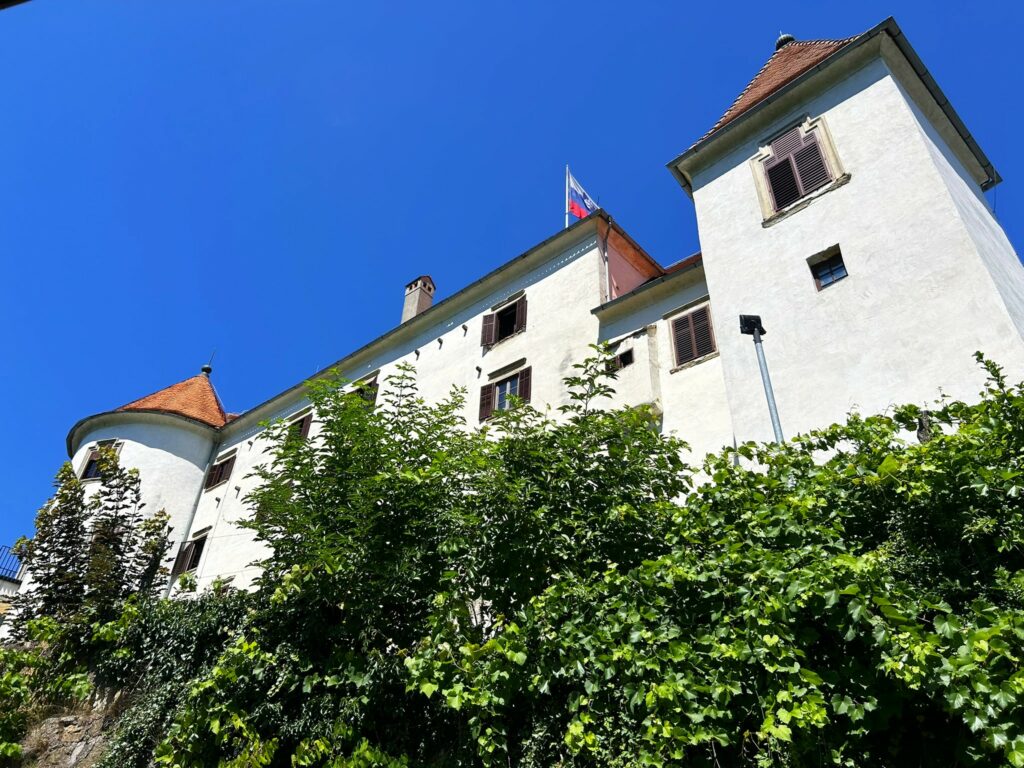
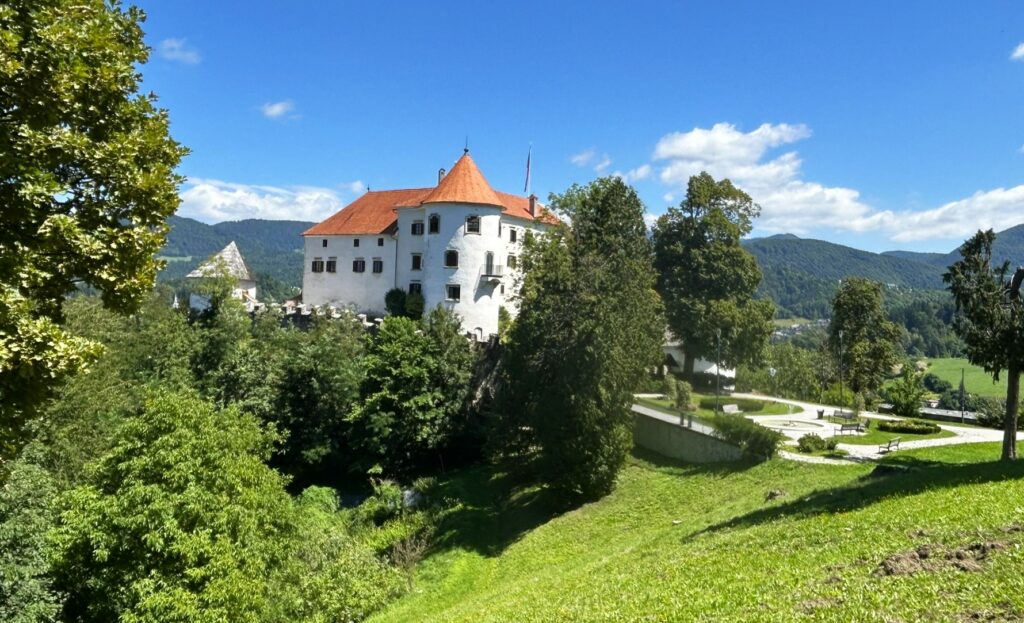
Schöne Parkanlagen rund um die Burg
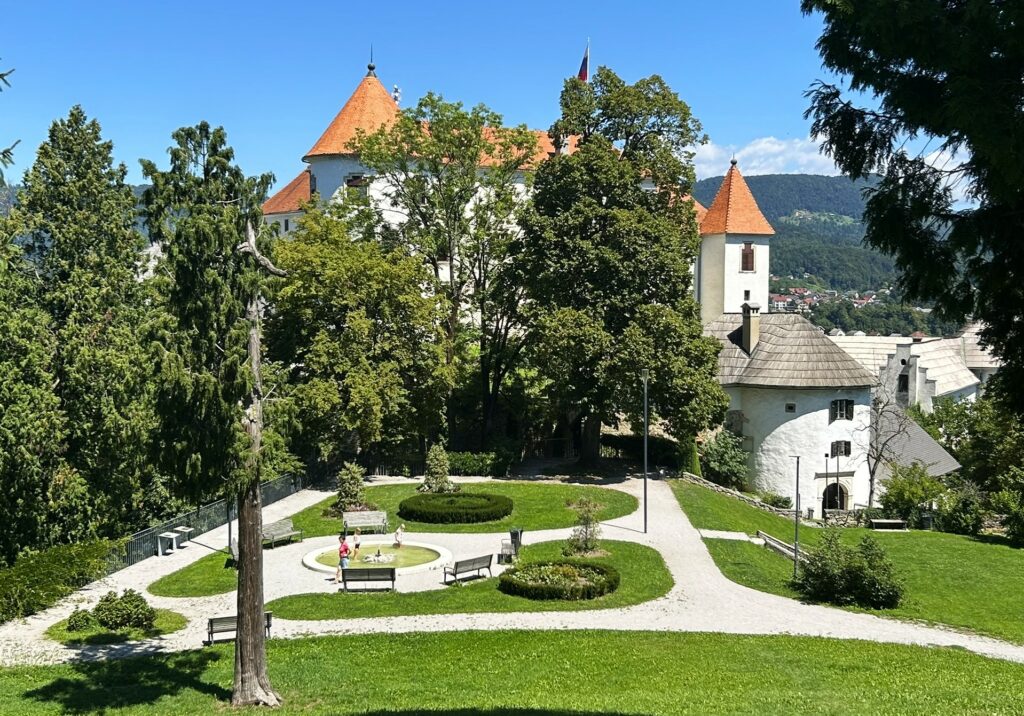
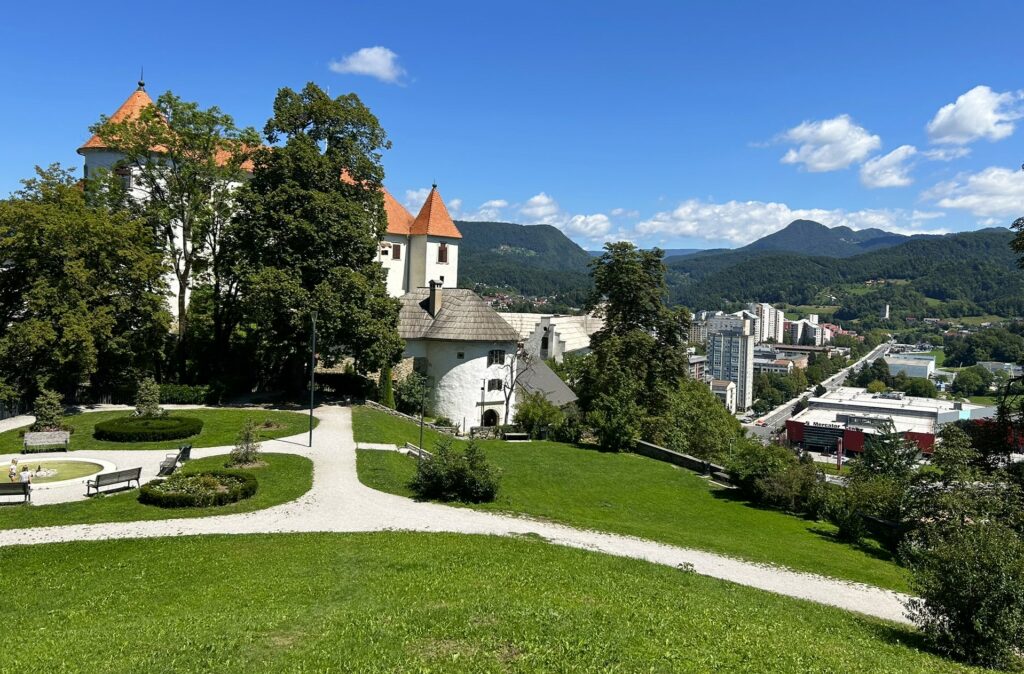
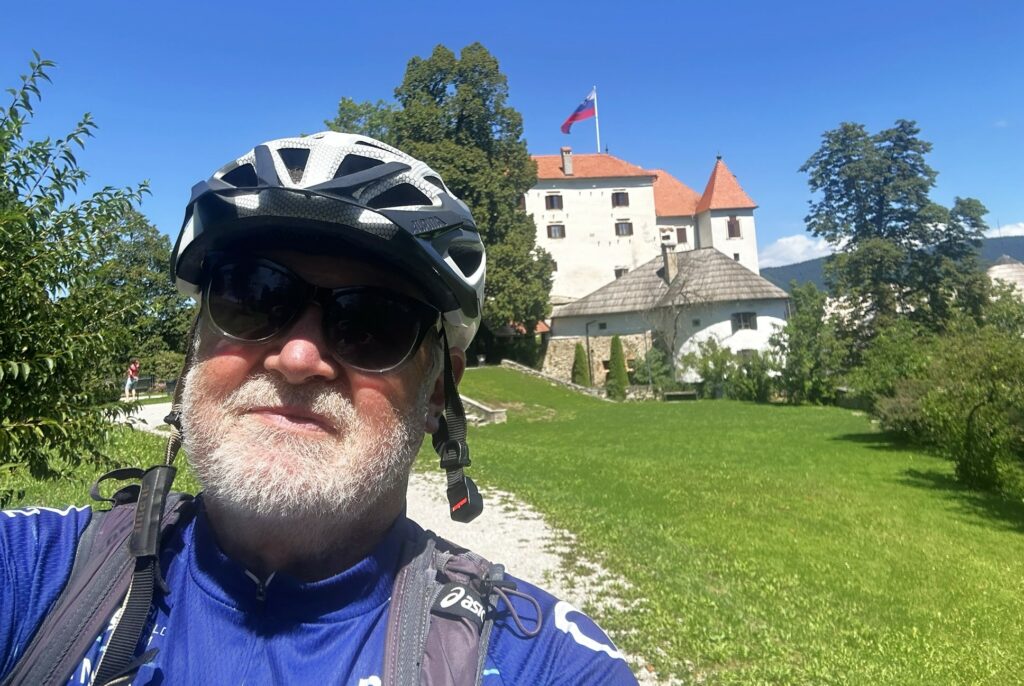
On the road again
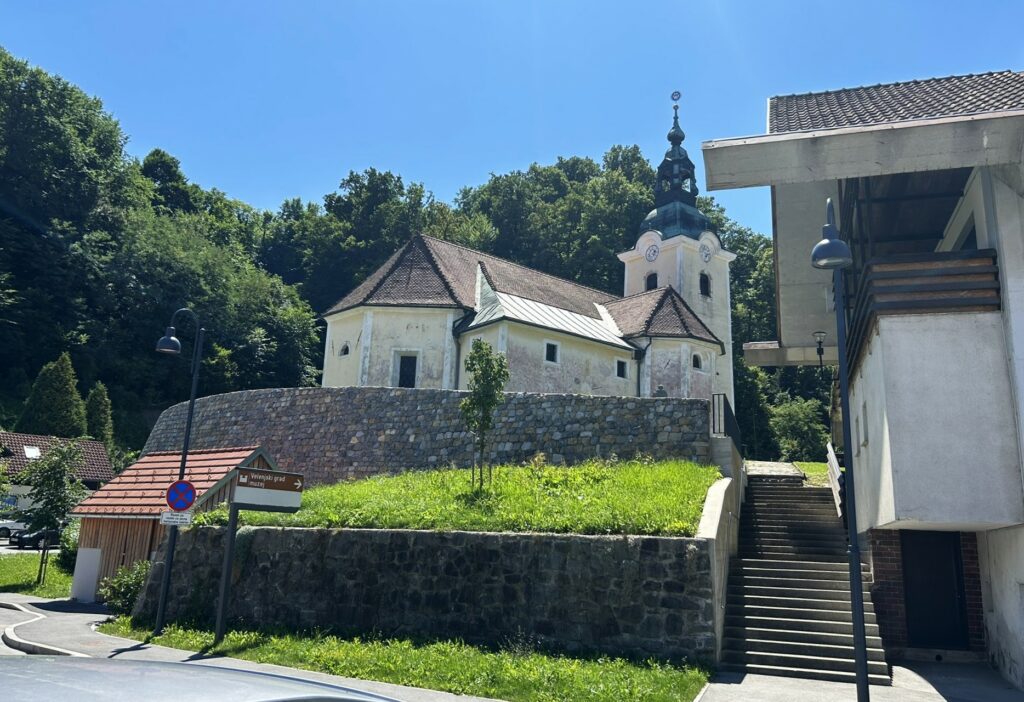
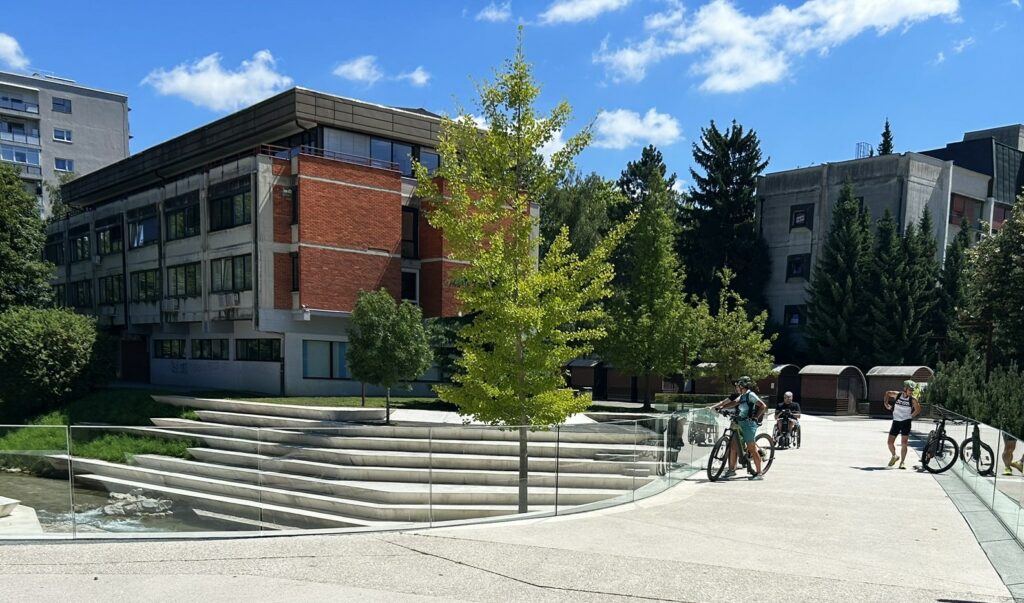
Stadtzentrum von Velenje an der Paka
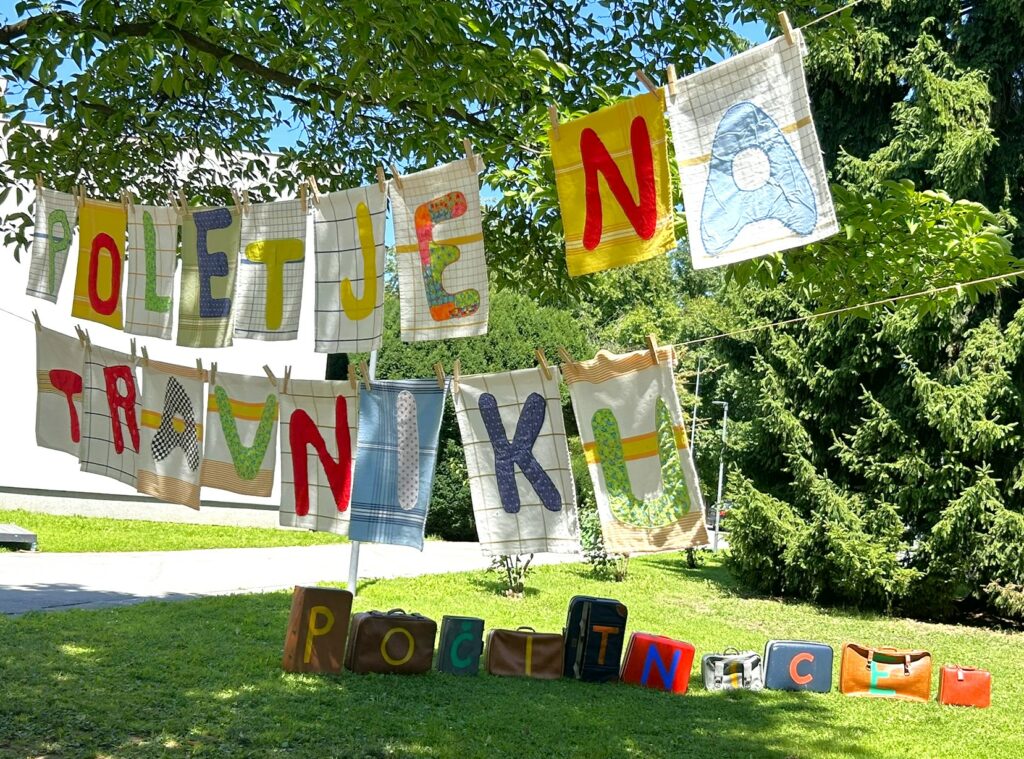
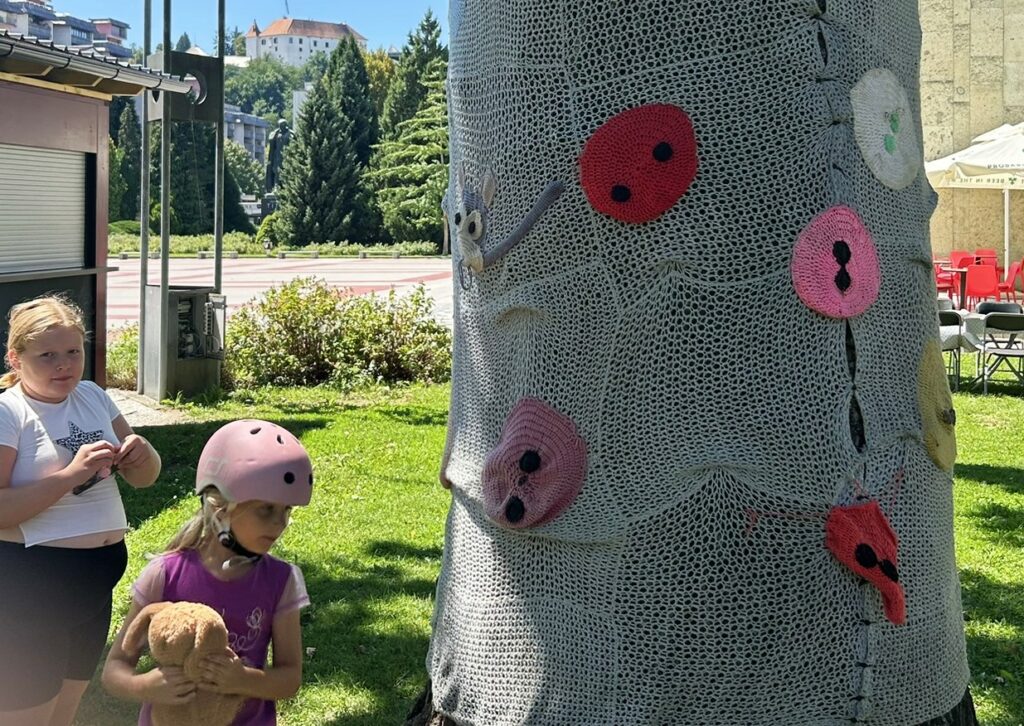
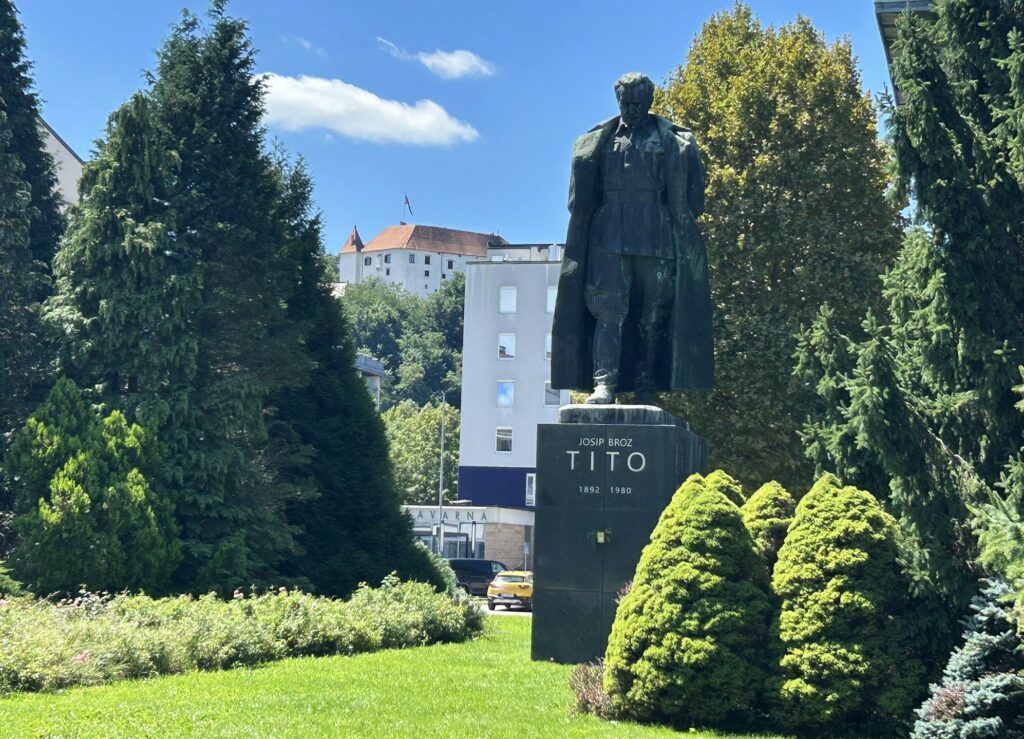

Jo Cope – No Woman Is an Island of Shoes – Exhibition now open in Galerija Velenje
https://www.jocope.com/news-jocope/r75w3ednw7h326hj2g9a9zatet56zm

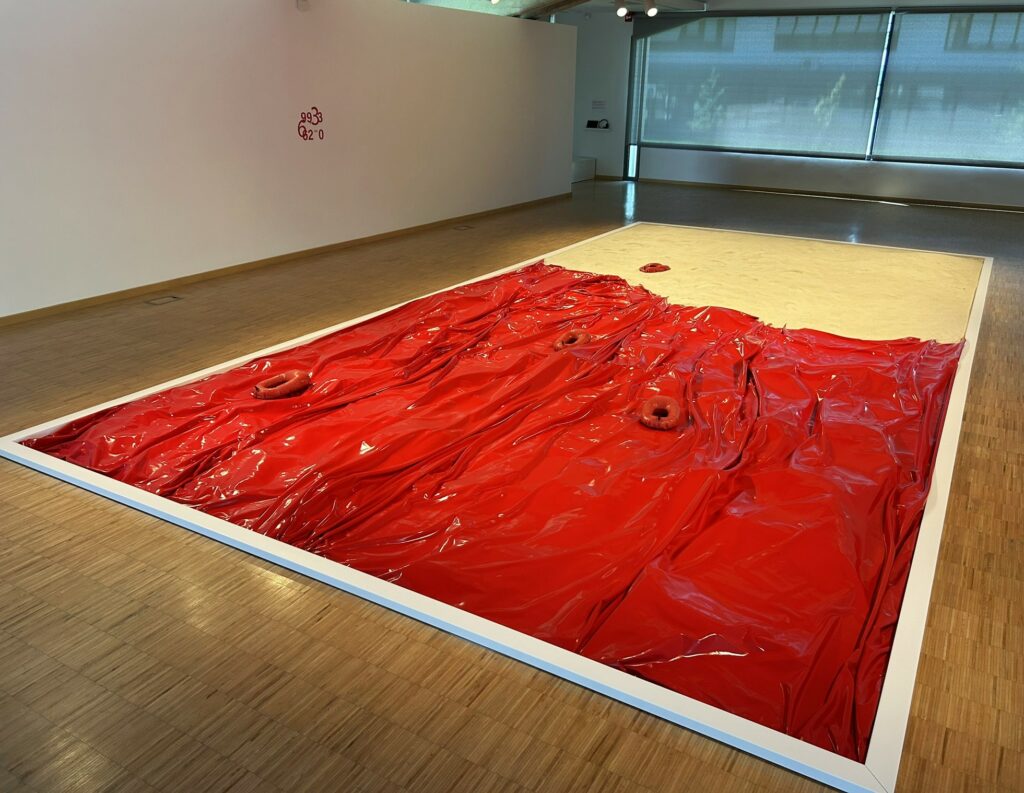
Installation Red Sea
The Installation Red Sea: A Monument to Migration Without Bodies, Yet Full of Presence
Among all the works that make up No Woman Is an Island of Shoes, the installation Red Sea stands out as one of
the most powerful – visually, symbolically, and emotionally. It presents a spatial tableau: a shoreline made of fine
sand, covered by a translucent layer of intense red, a kind of wave or residue spilling gently over the edges. But
beneath this seemingly poetic scene lies a dramatic tension: this is a landscape that evokes the bloody borders
of Europe, the dangerous crossings of the sea, and symbolic terrains of loss that shape contemporary migration
experiences.
What makes this work exceptional is not only the formal intensity of the red or the texture of the sand, but the presence of a literal human trace. Embedded in the sand are footprints—casts made by students who live a study in the UK but originate from other countries with migrant status.
These imprints are not created for aesthetic effect, but as acts of grounding, materialisation, and testimony. Each
footprint represents an individual who walks, exists, belongs – even if only temporarily, precariously, symboli-
cally.
For Cope, these imprints are much more than traces in a material. She sees them as acts of documenting invisi-
ble life stories – of people present in public space, yet often erased from dominant narratives of state, society, or
art. By including real individuals – and specifically migrant students – in the creative process, she transforms the
traditional relationship between artist and subject. Instead of speaking about migrants, she gives them a chance
to speak through a gesture that is physical, bodily, and direct.
Words curator Matic Veler @maticveler
@galerijavelenje
Jo Cope solo exhibition on until 23rd August 2025 Galerija Velenje Slovenia.
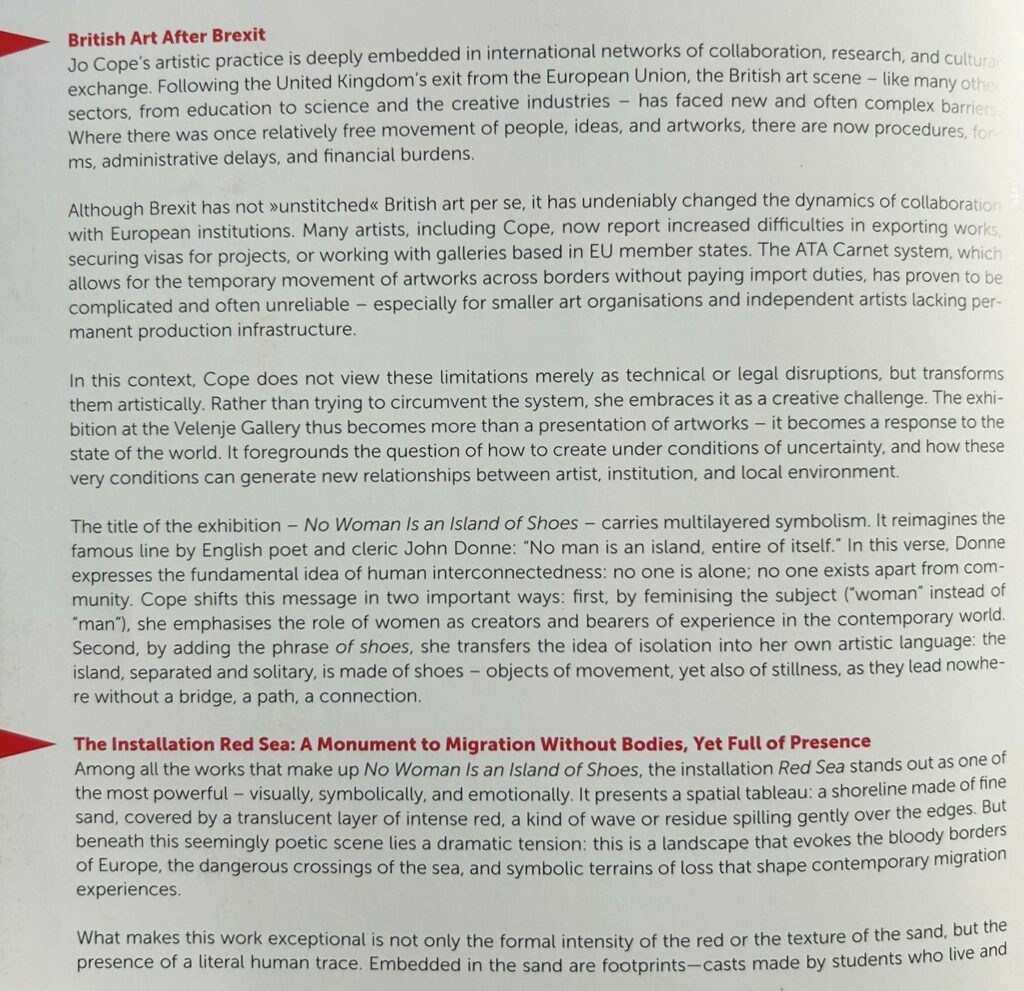
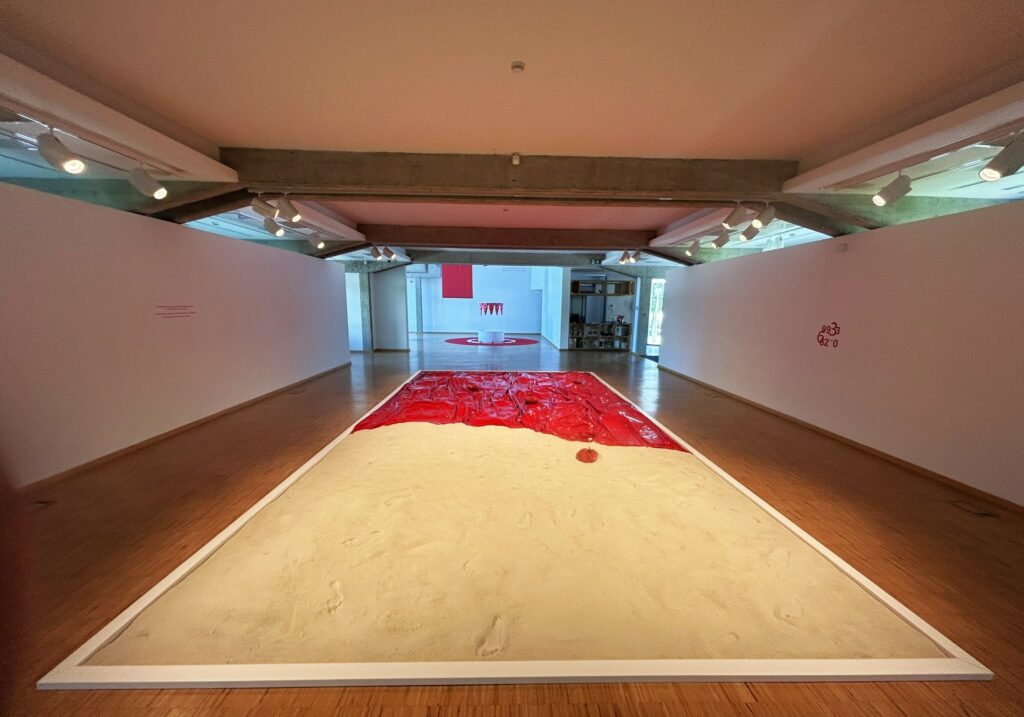
Not every crossing is successful…
Many people risk their lives in search of a better future. One of the most powerful lessons I learned while researching and listening to the stories of refugees and asylum seekers—particularly through the Red Cross We Are Voices podcast—is that there often isn’t time for paperwork. People are frequently forced to cross borders under the threat of immediate danger, fleeing for their safety.
When escaping impossible situations, however perilous the journey may be, crossing is often the only option for those facing violence or persecution in their home countries.
From my position of demographic privilege, this is not something I’ve ever had to fear or even consider. But the world is not equal for everyone. The least we can do is try to understand—and as the saying goes, put ourselves in someone else’s shoes.
Stop the Boat Shoes and the Red Sea installation are part of No Woman Is an Island of Shoes, a three-part, site-specific installation at Galerija Velenje in Slovenia.

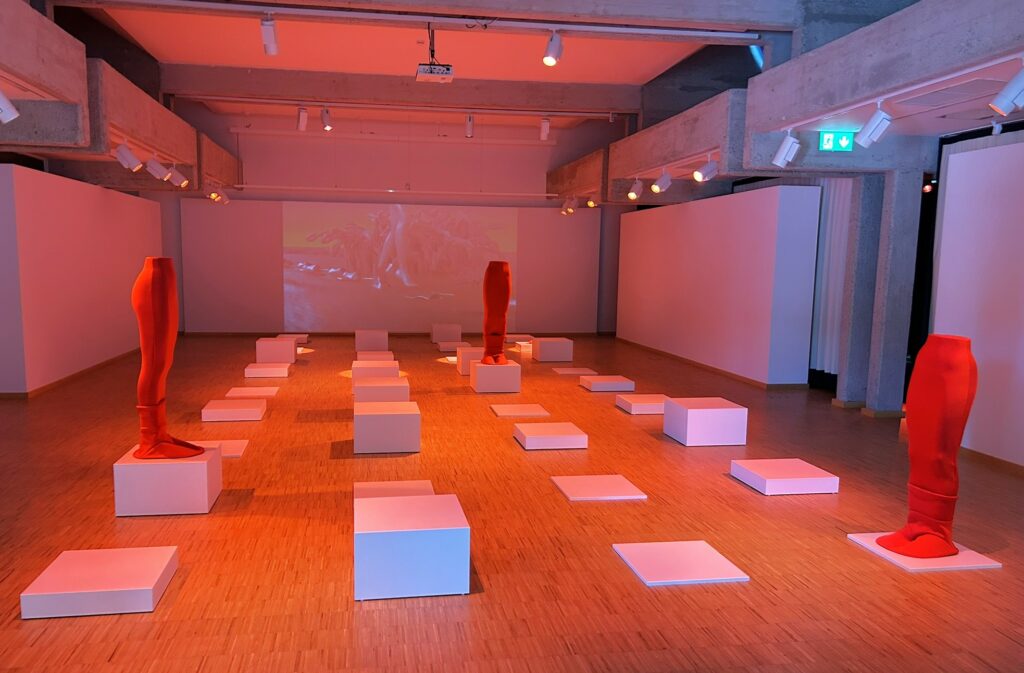
Upstairs in the gallery, an installation of white cubes of varying heights, arranged in a geometric grid and lit by a soft yet intense red light, represents one of the most physically and conceptually engaged segments of Cope’s
exhibition. This space is not conceived as a typical display area, but as a testing ground for the body, movement, and perception – both of the viewer and the artwork itself. When a visitor enters the grid, they do not merely
step into the realm of art, they become an active part of it.
The cubes, scattered across the floor, vary in height and placement, creating a relief that both invites and restricts. Movement among them is not intuitive, but it demands attention, focus, and bodily awareness. Every step is deliberate; every choice of direction is conditioned by the spatial layout. This is a subtle choreography
of everyday movement that becomes political and symbolic when recognised as a metaphor for navigating the modern social system.
Words Matic Veler @maticveler
Photography @ksenijamikor
Installation @galerijavelenje
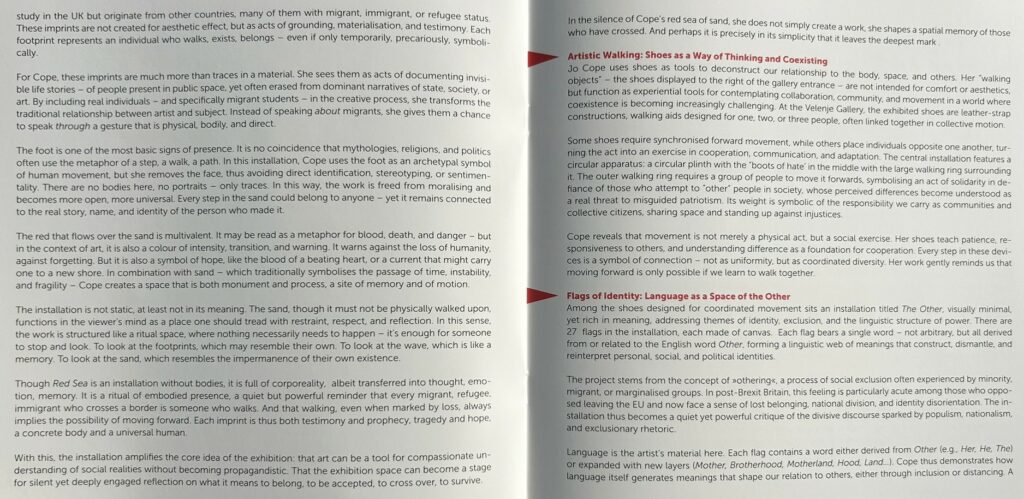
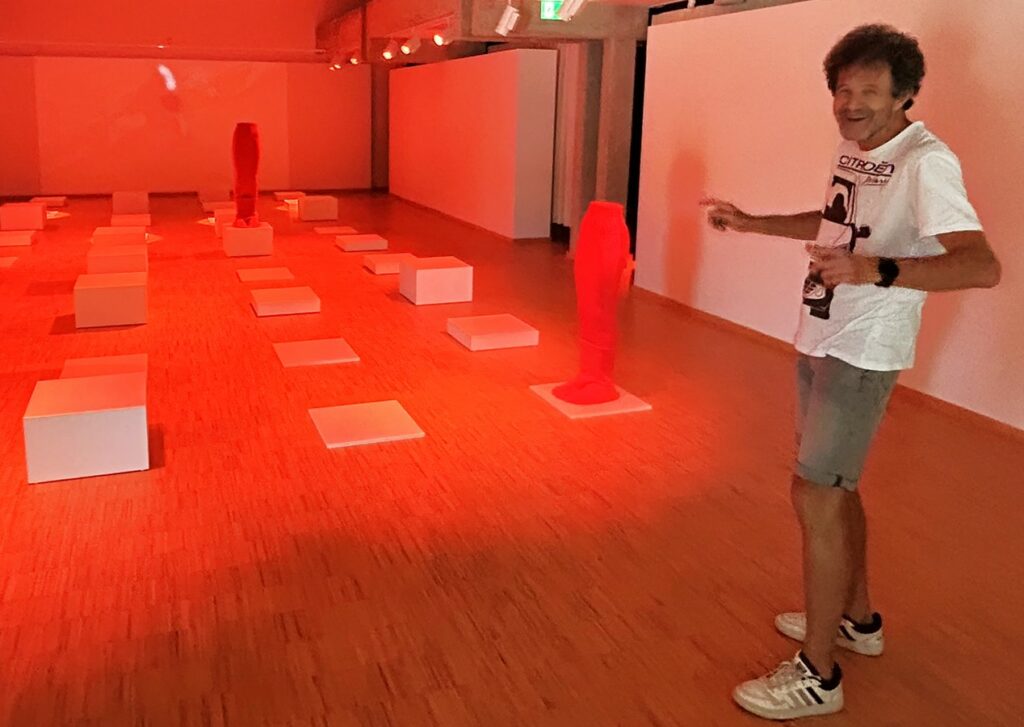

Galerija Velenje
🔴 Body and Space – Jo Copes Kunstinstallation in der aktuellen Ausstellung No Woman Is an Island of Shoes.
Im oberen Raum der Galerie befindet sich eine Installation, die die Grenzen von Körper, Bewegung und Wahrnehmung mit rotem Licht, geometrischem Gitter und weißen Würfeln erforscht. Der Betrachter wird Teil der subtilen Choreographie des Raums – seine Bewegung ist nicht nur physisch, sondern auch symbolisch.
Eine Installation mit Film-, Licht- und Körperplatzierung schafft eine fast Laboratmosphäre, die die Grenzen von Freiheit und Einschränkung in Frage stellt. Der Körper des Betrachters wird zu einem Maßstab für die Wahrnehmung der Welt, und Bewegung wird zu einem Mittel der Introspektion.
Künstlerische Installation ist keine Dekoration – sie ist ein Erlebnis. Ladet zum Nachdenken, Stille und Gegenwart ein.
Die Ausstellung ist noch bis 23. August 2025 zu sehen.. Eintritt ist frei!
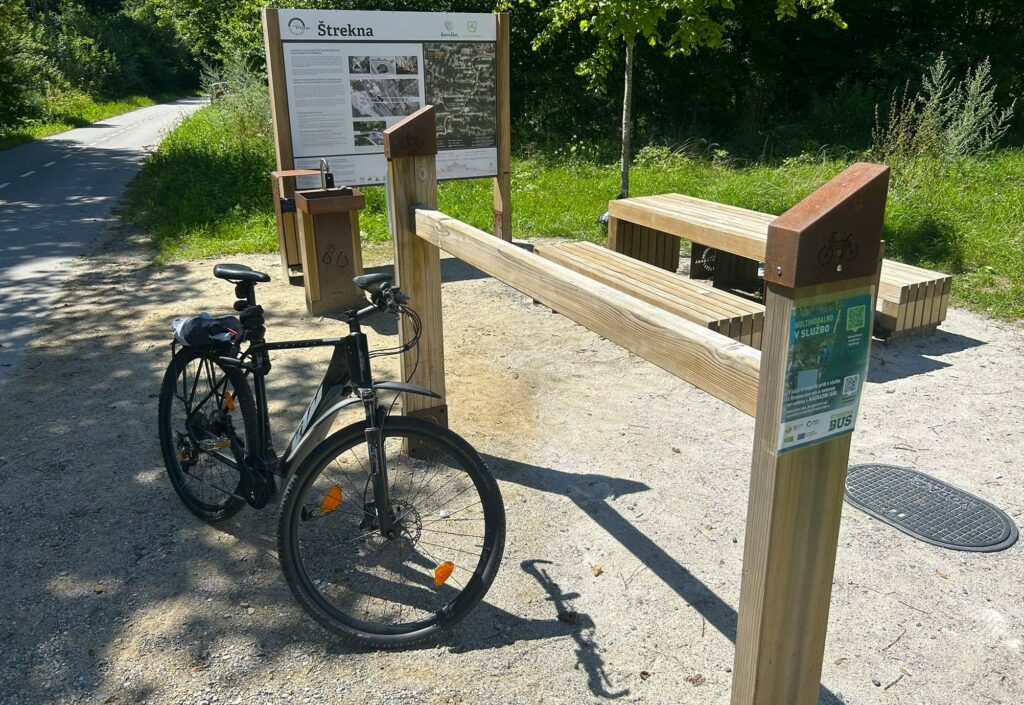
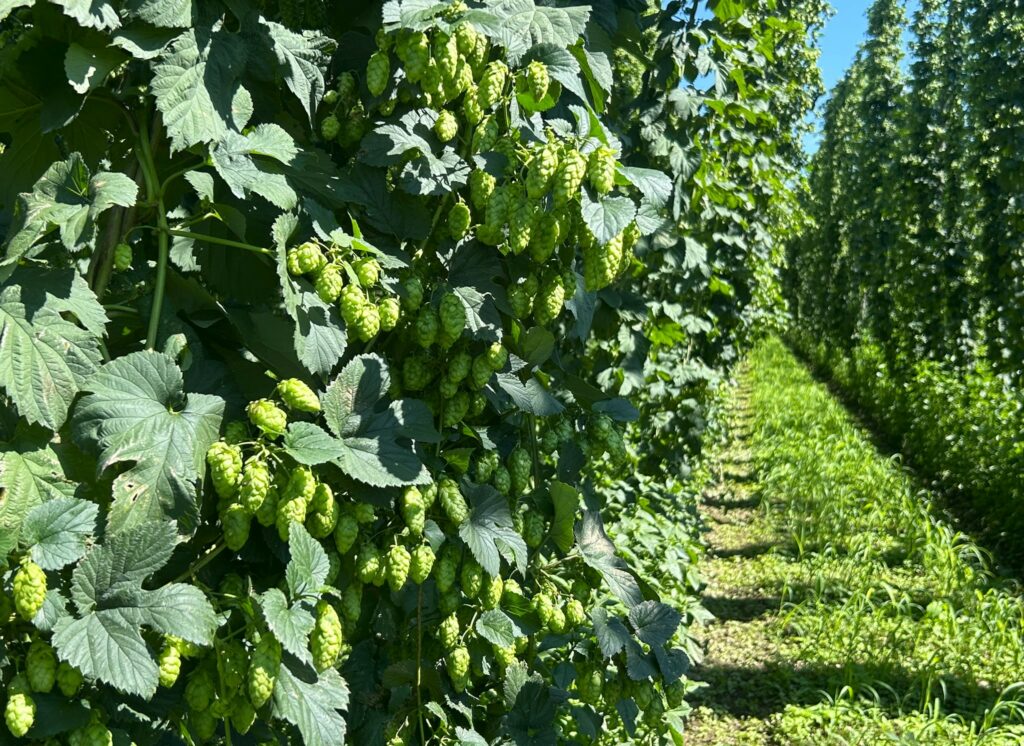
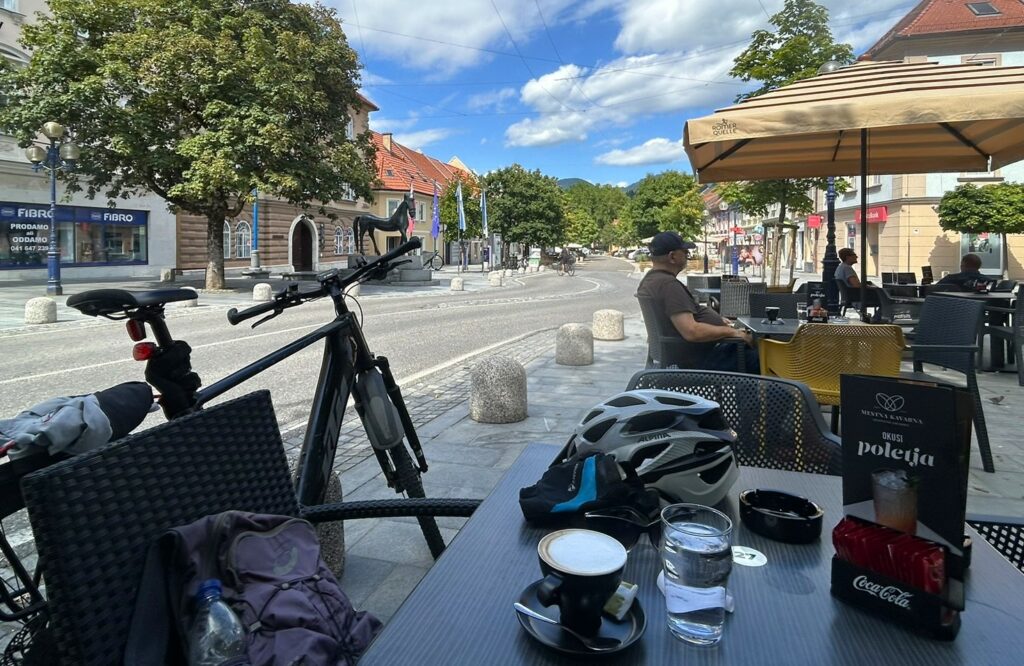
Ars Kaffeepause in Slovenj Gradec

Drauaufwärts nach Hause
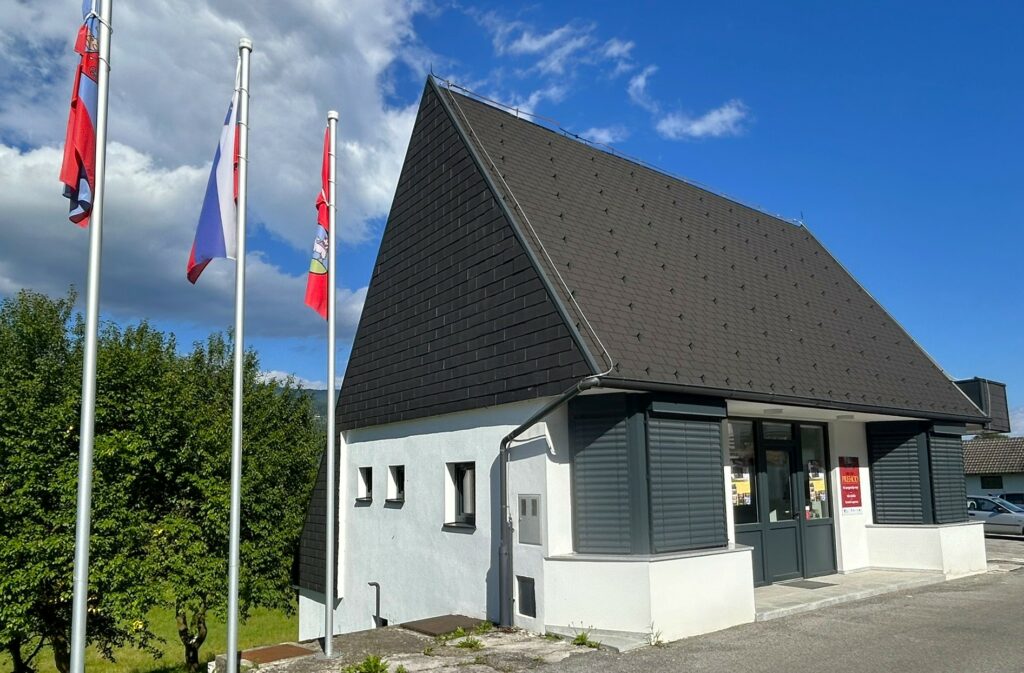
Libelice News:
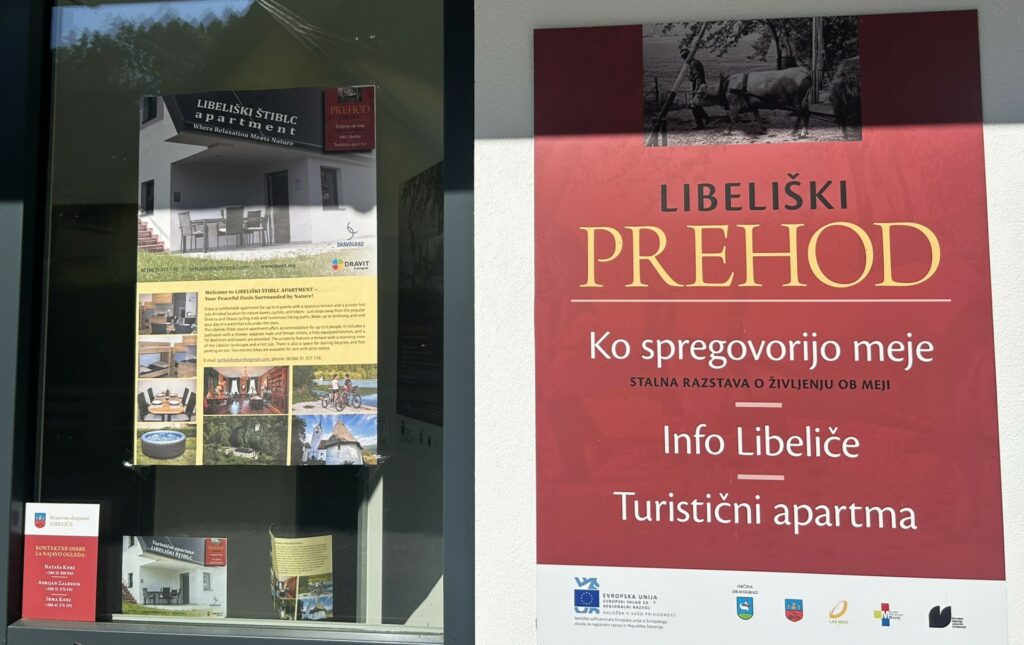
Das ehemalige Zollgebäude fungiert jetzt als Apartmenthaus für bis zu sechs Touristen
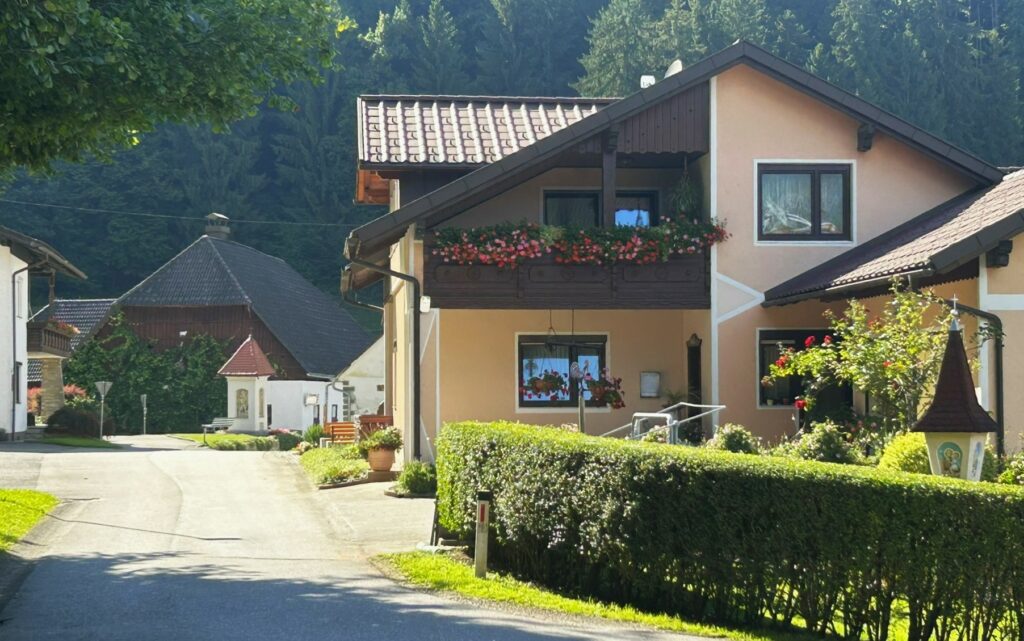
Sommer in Bach
